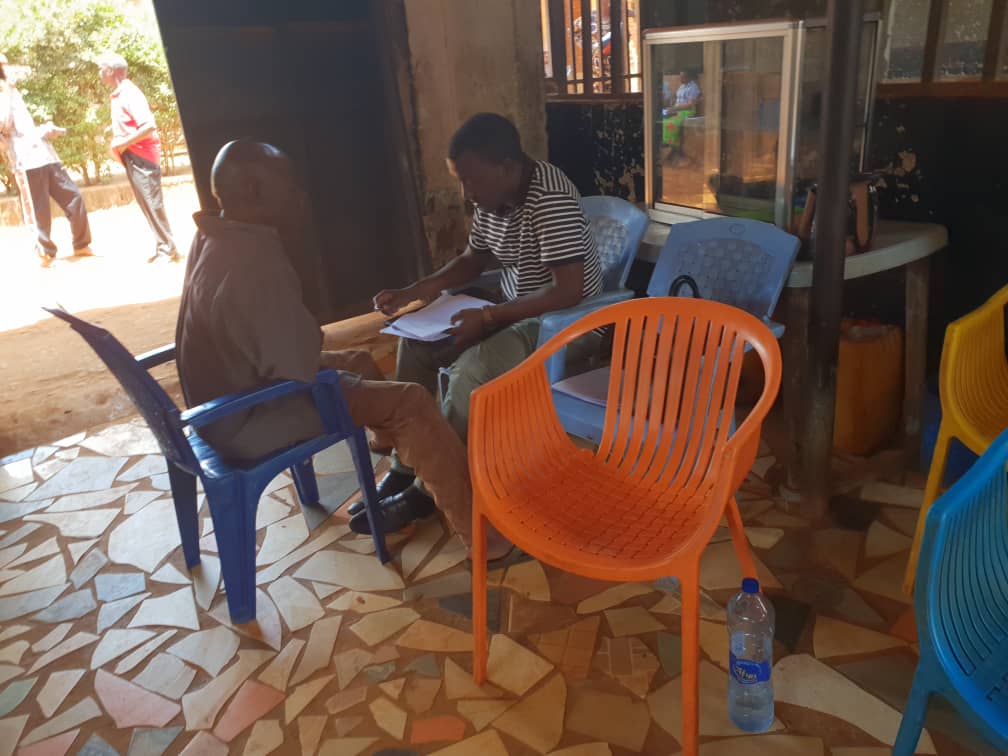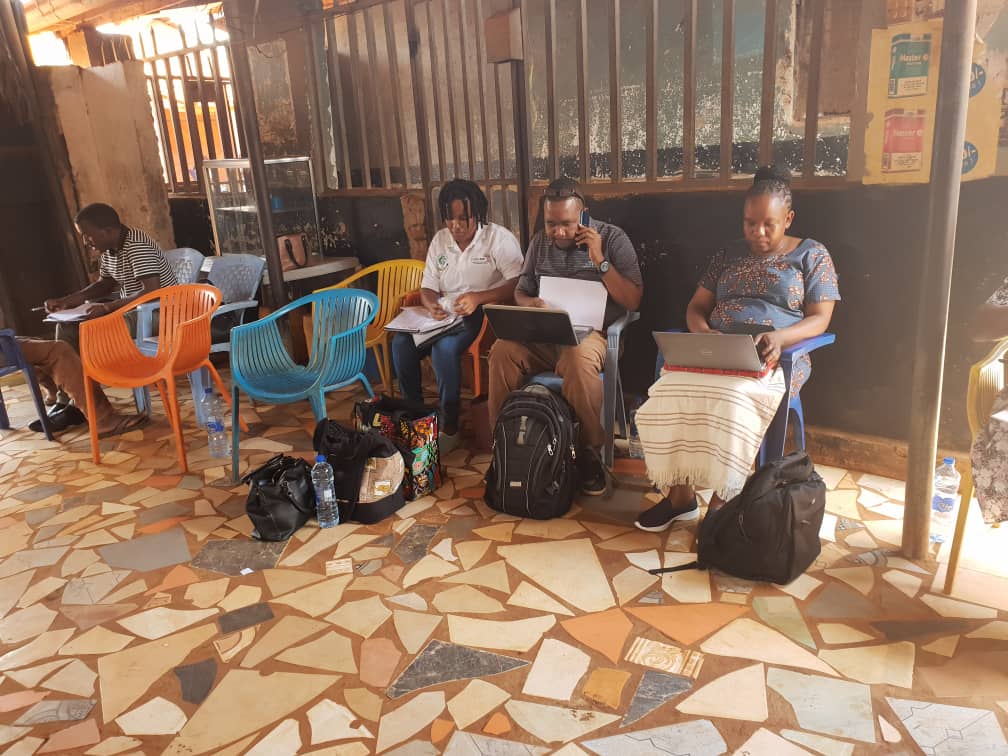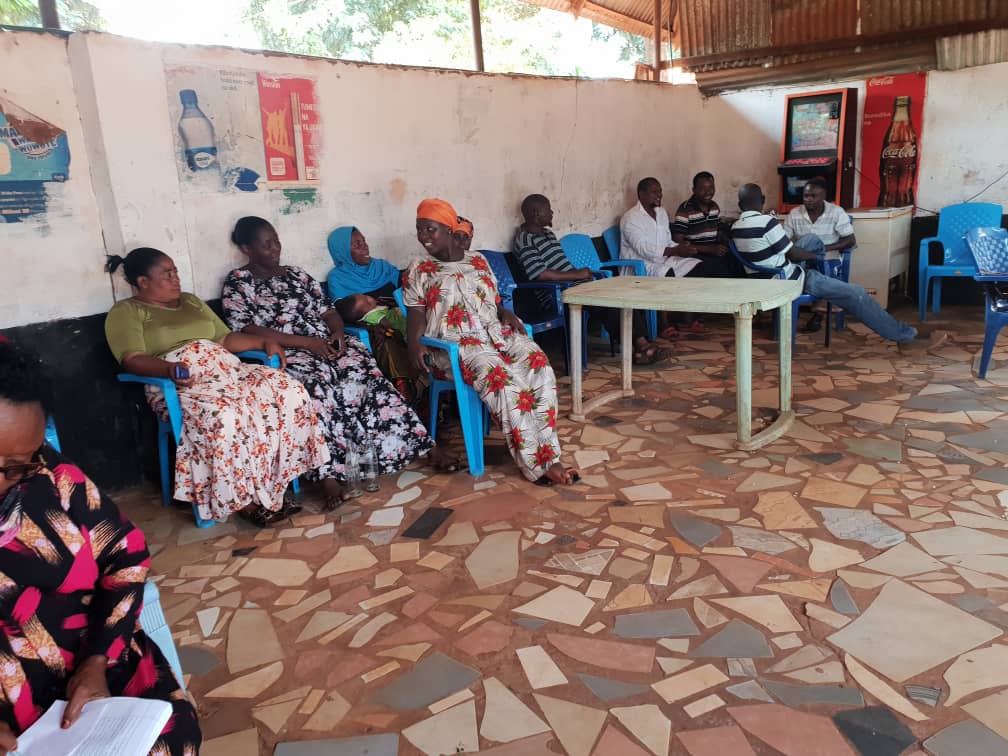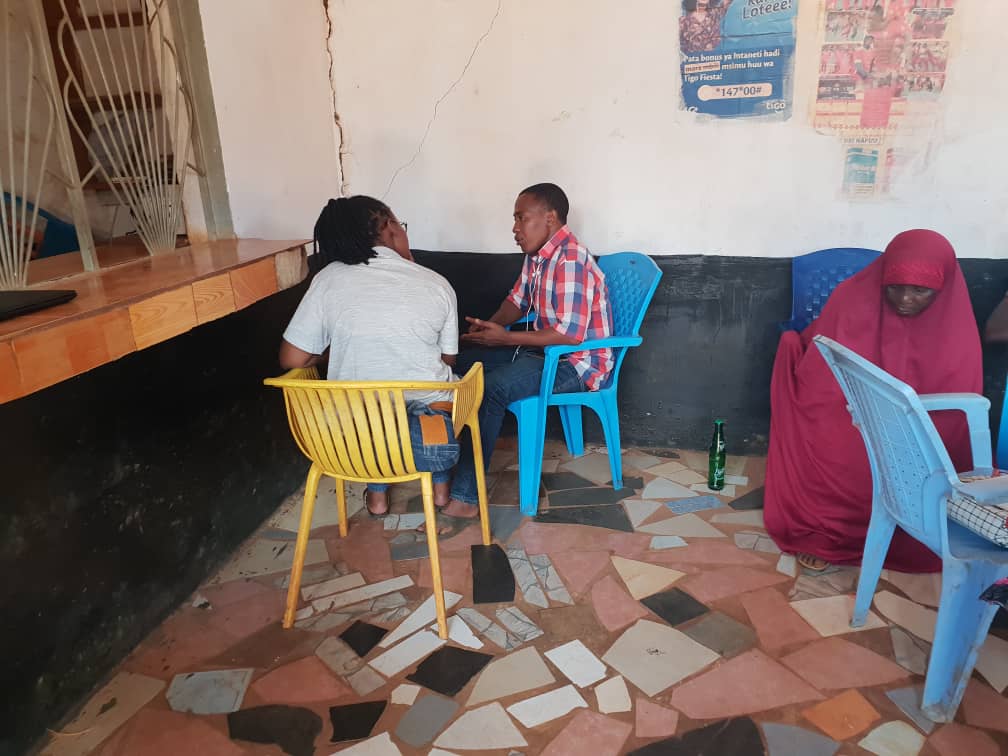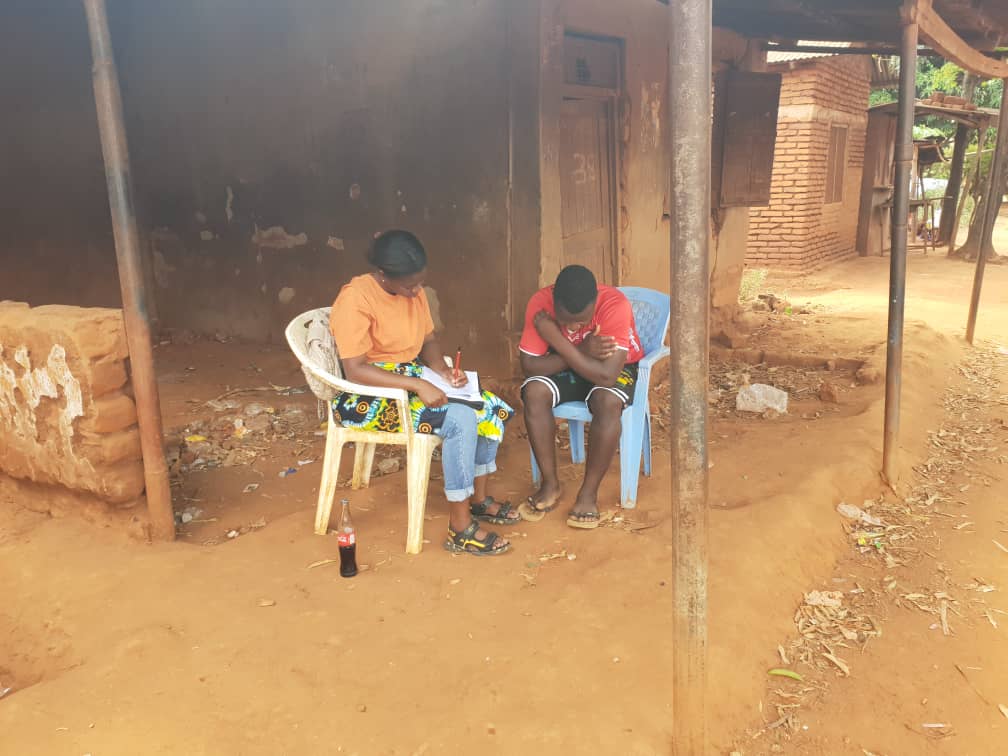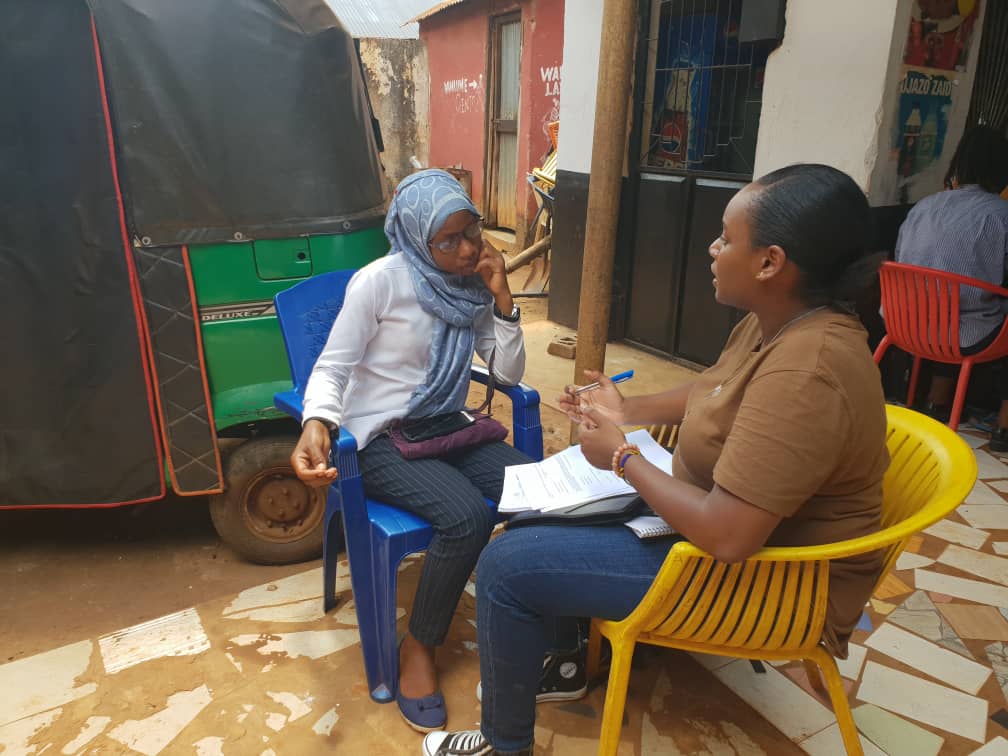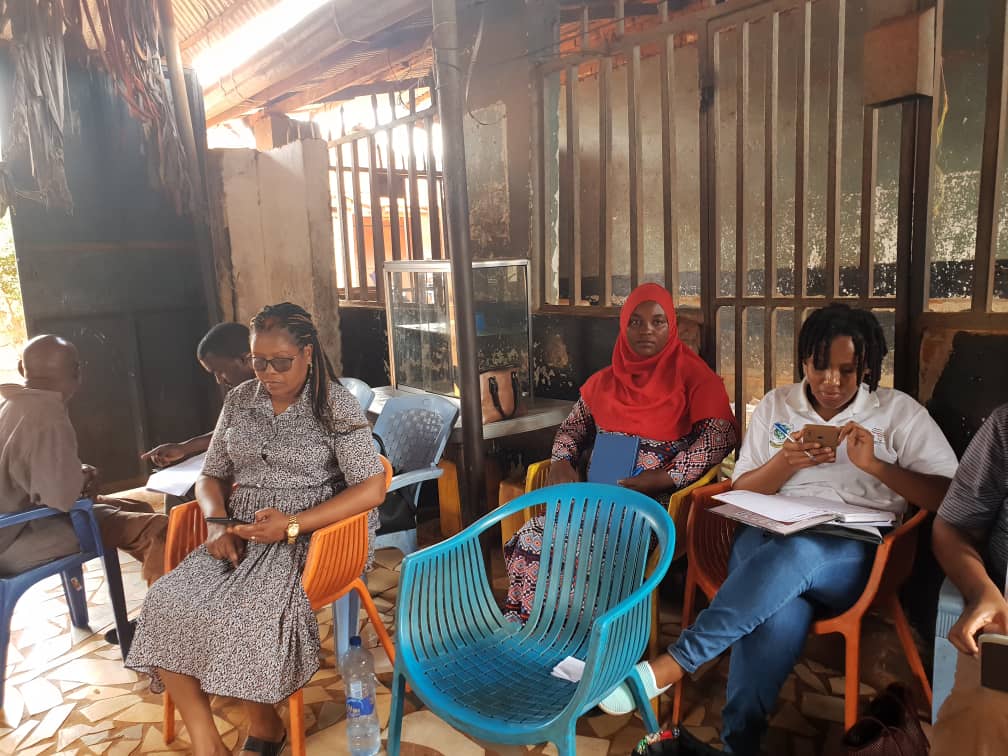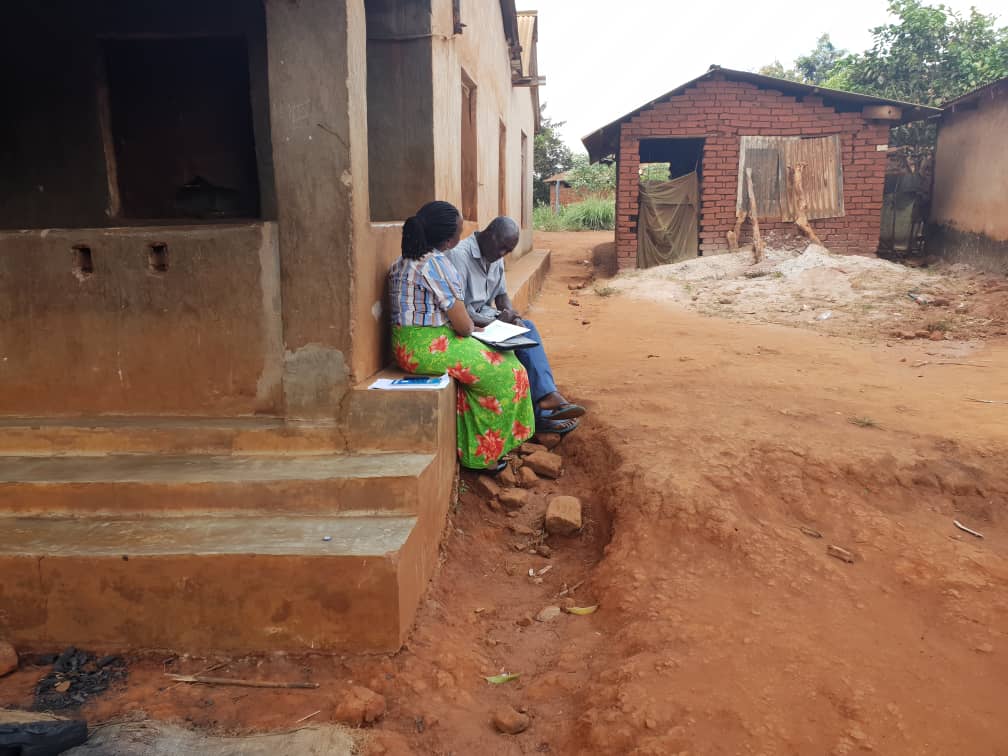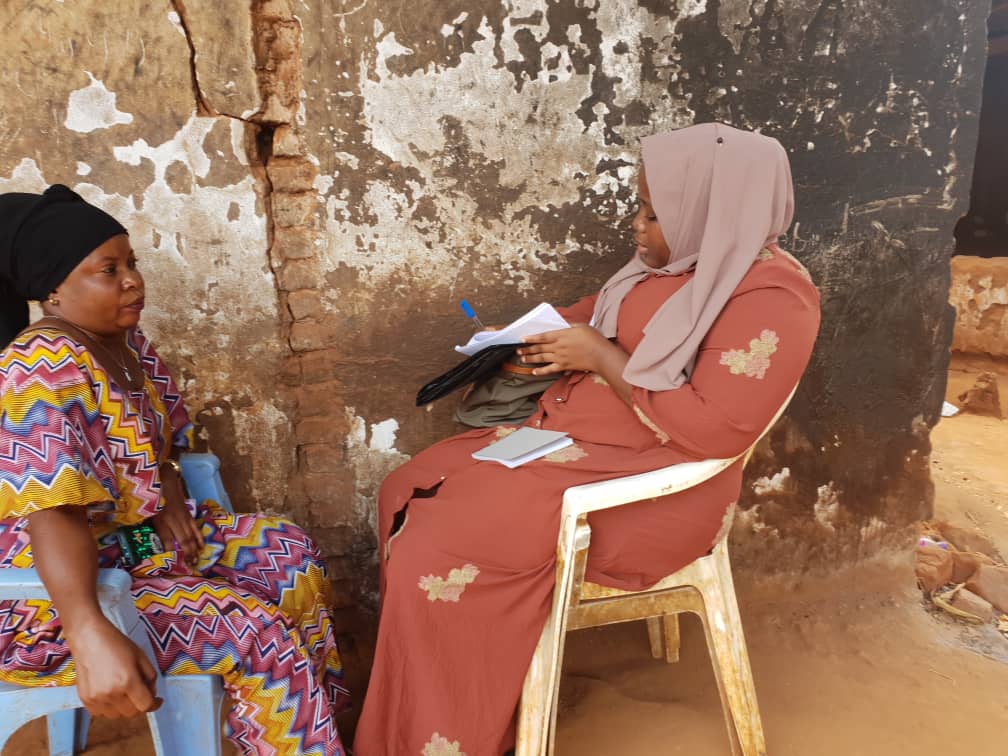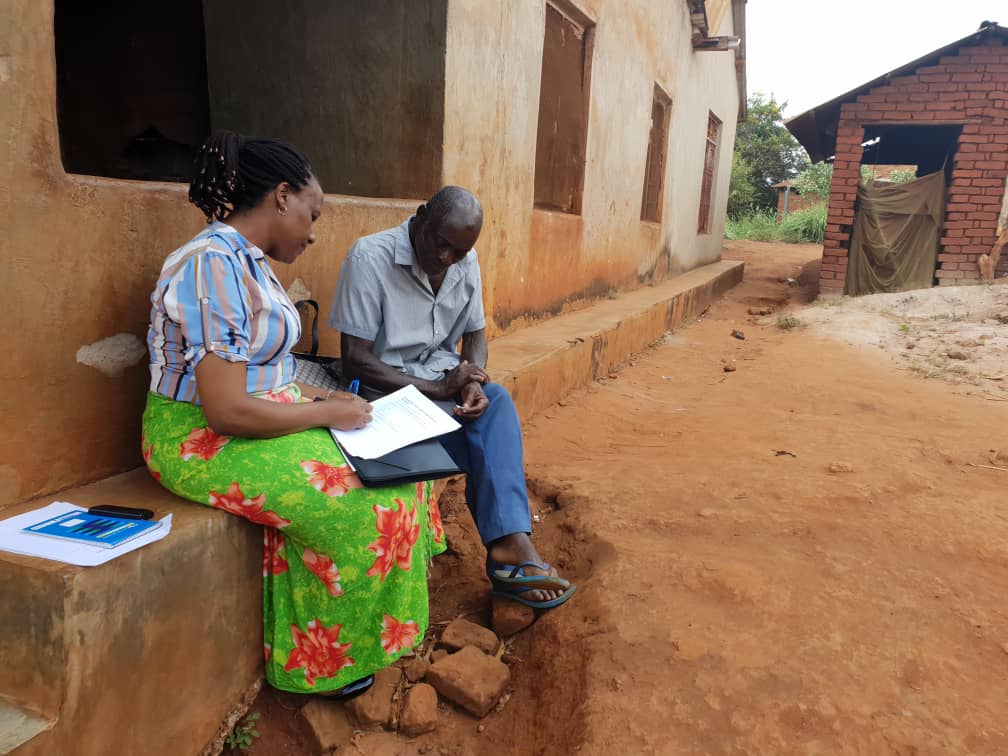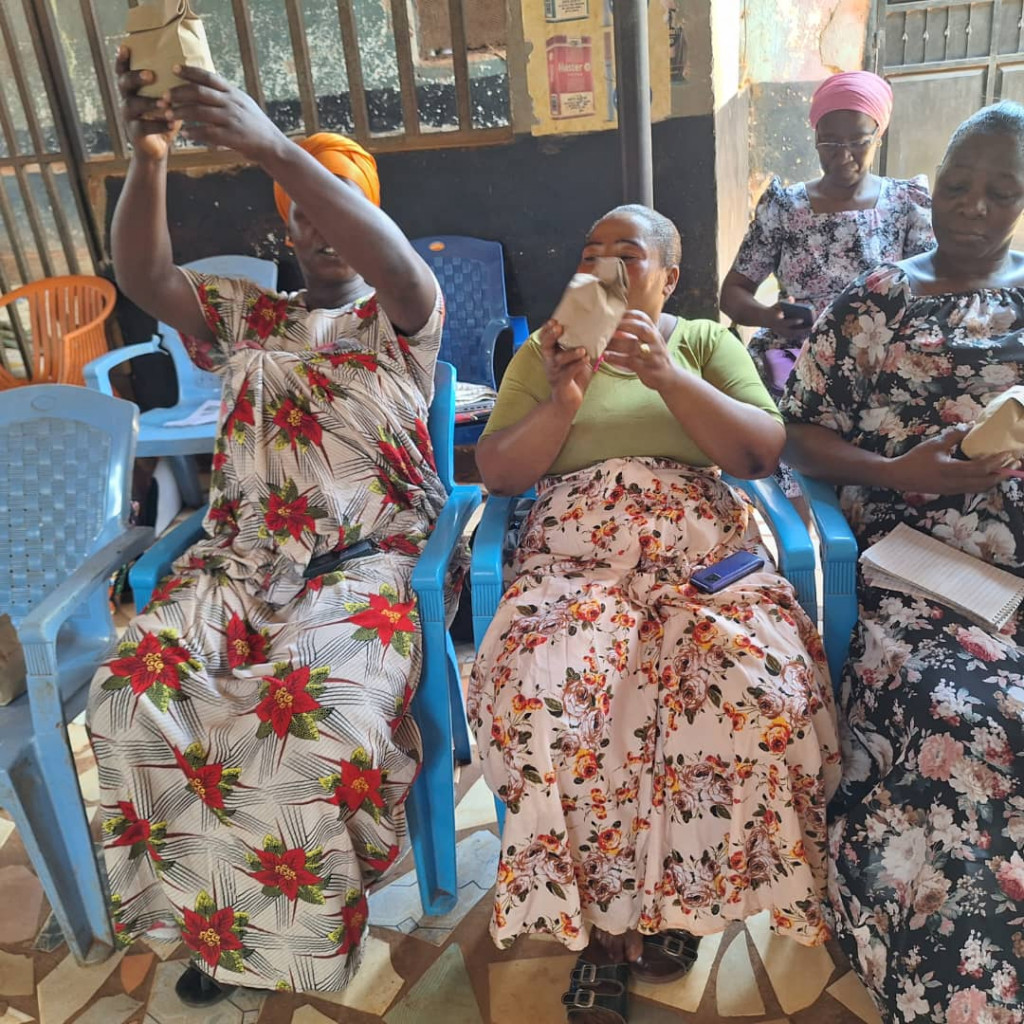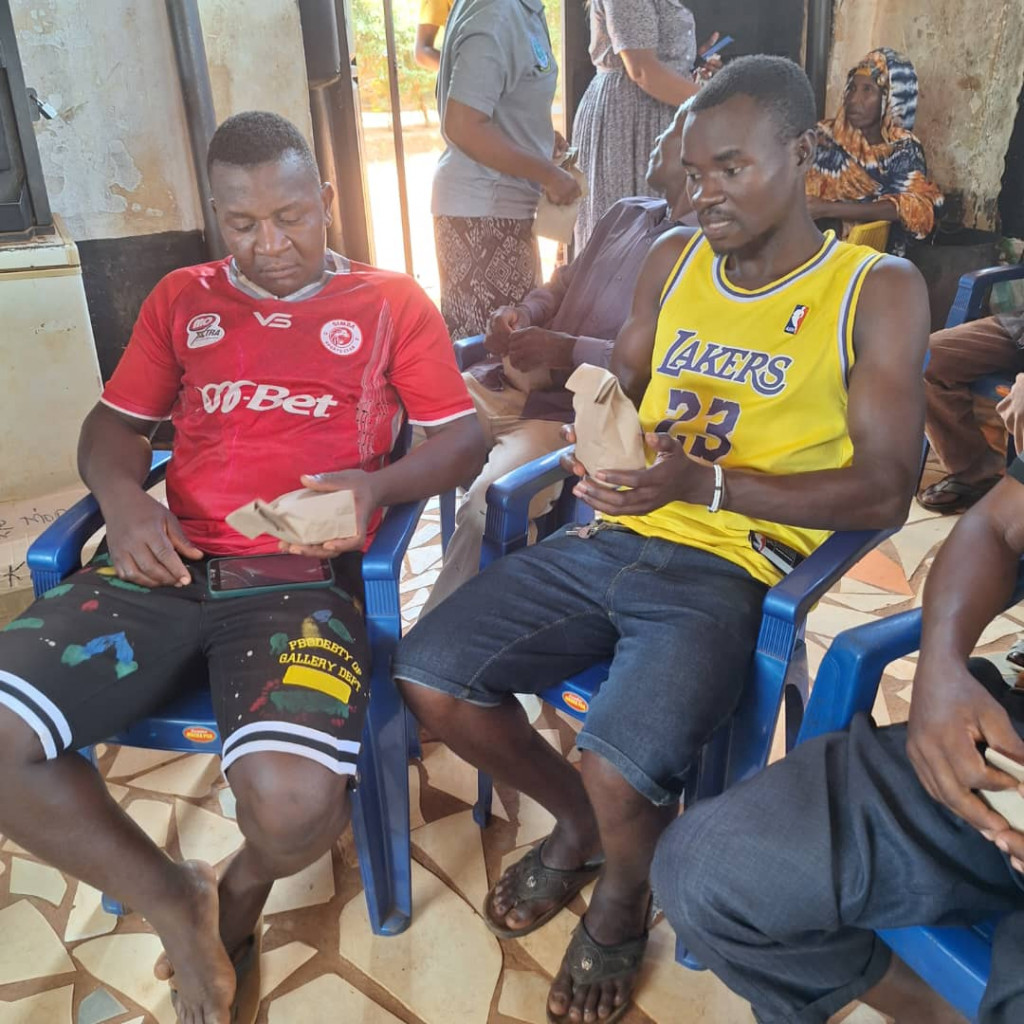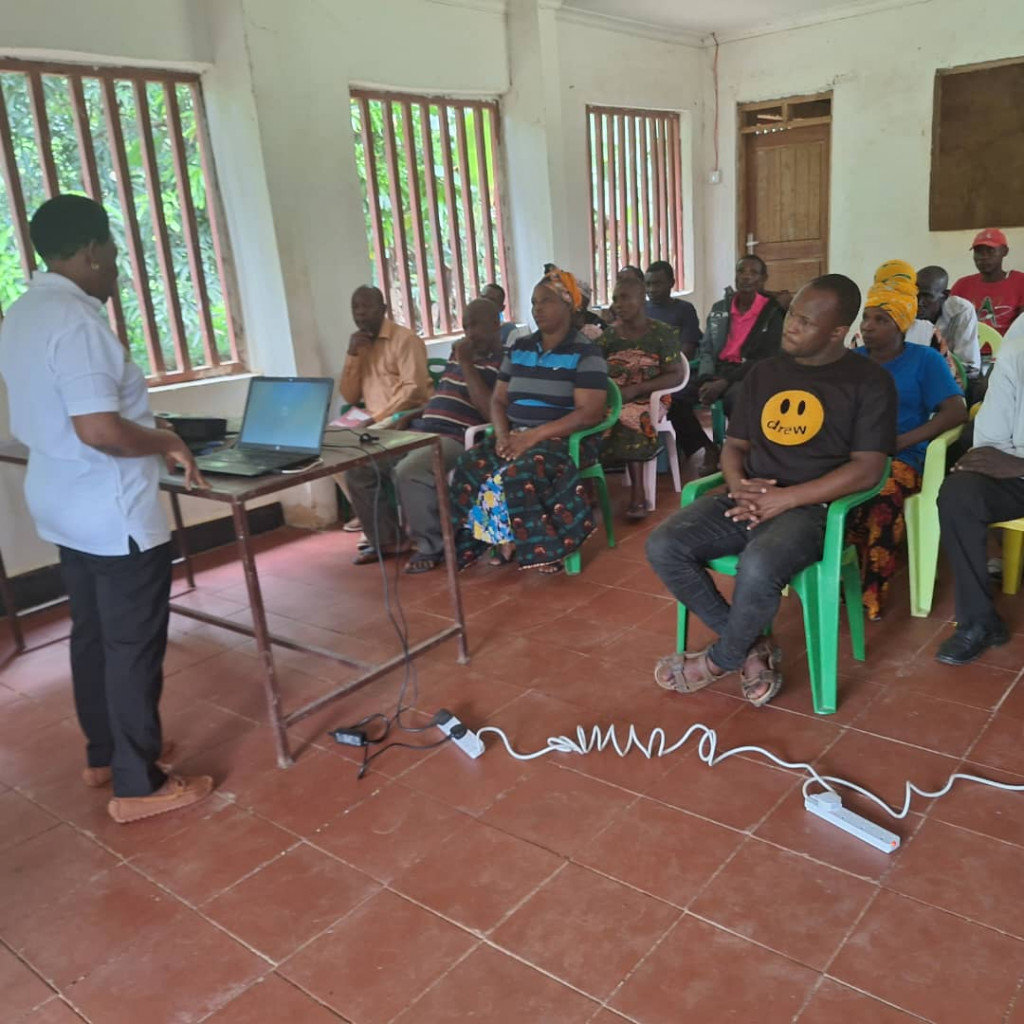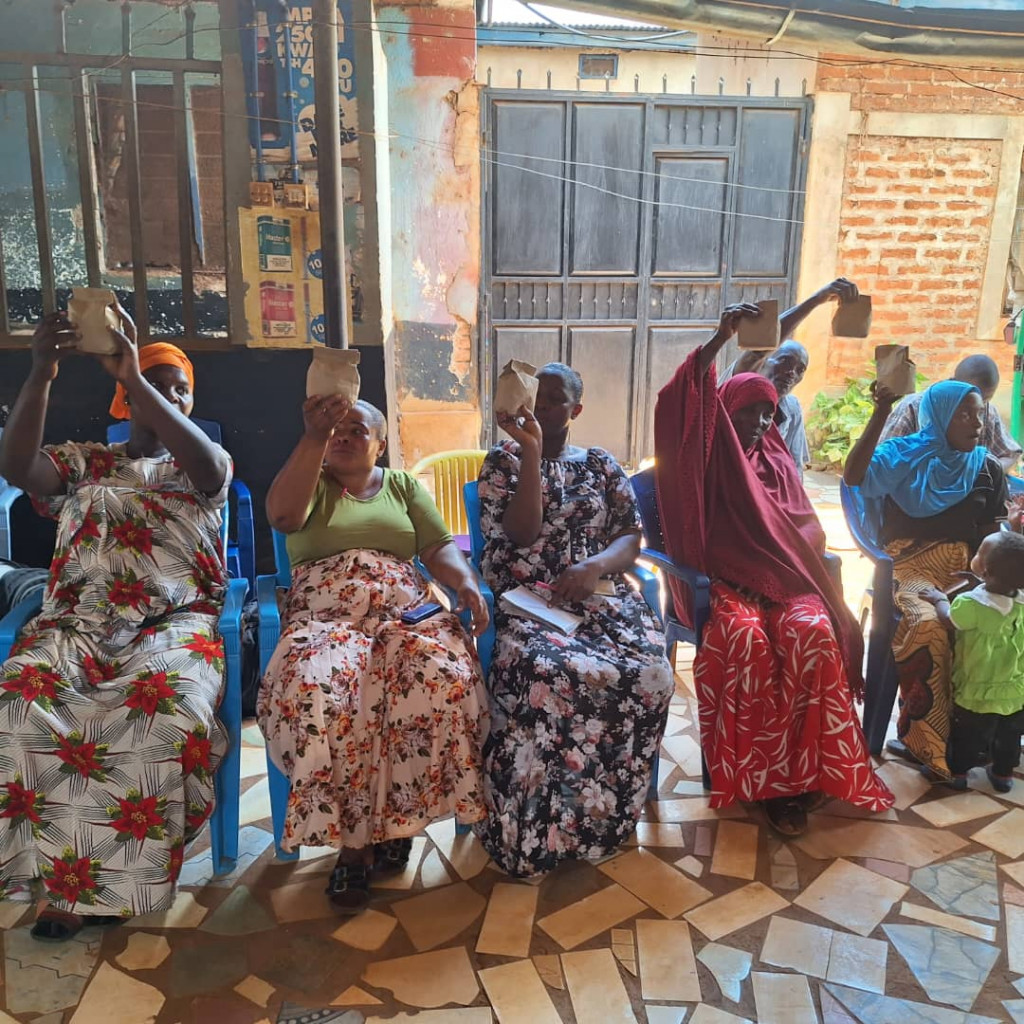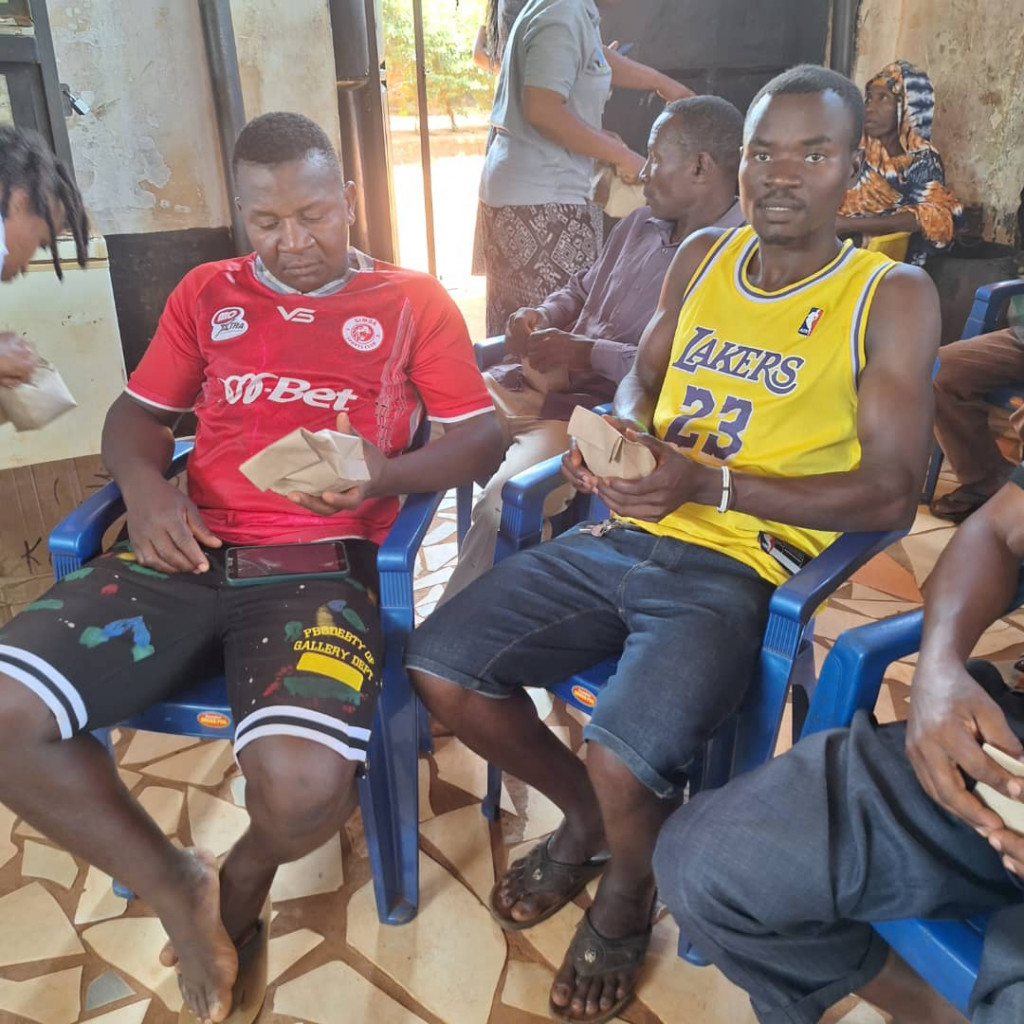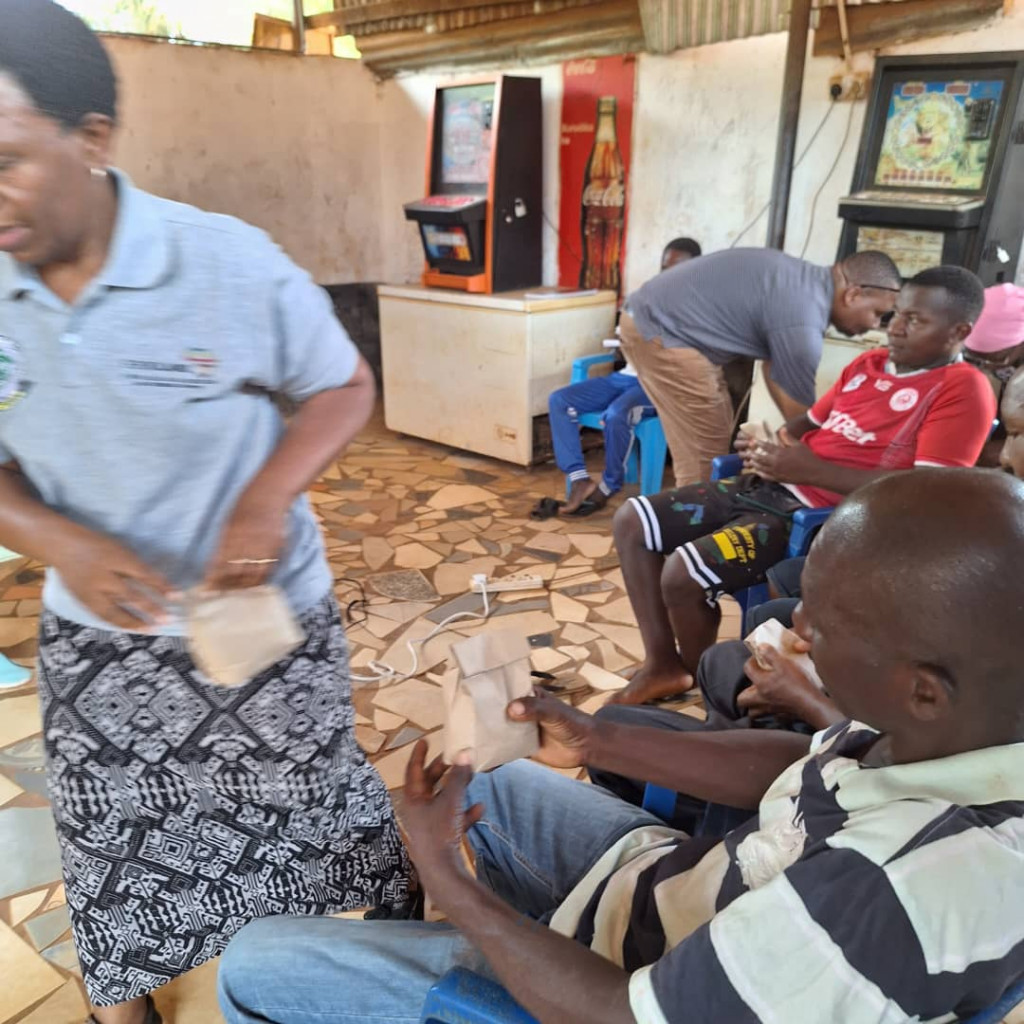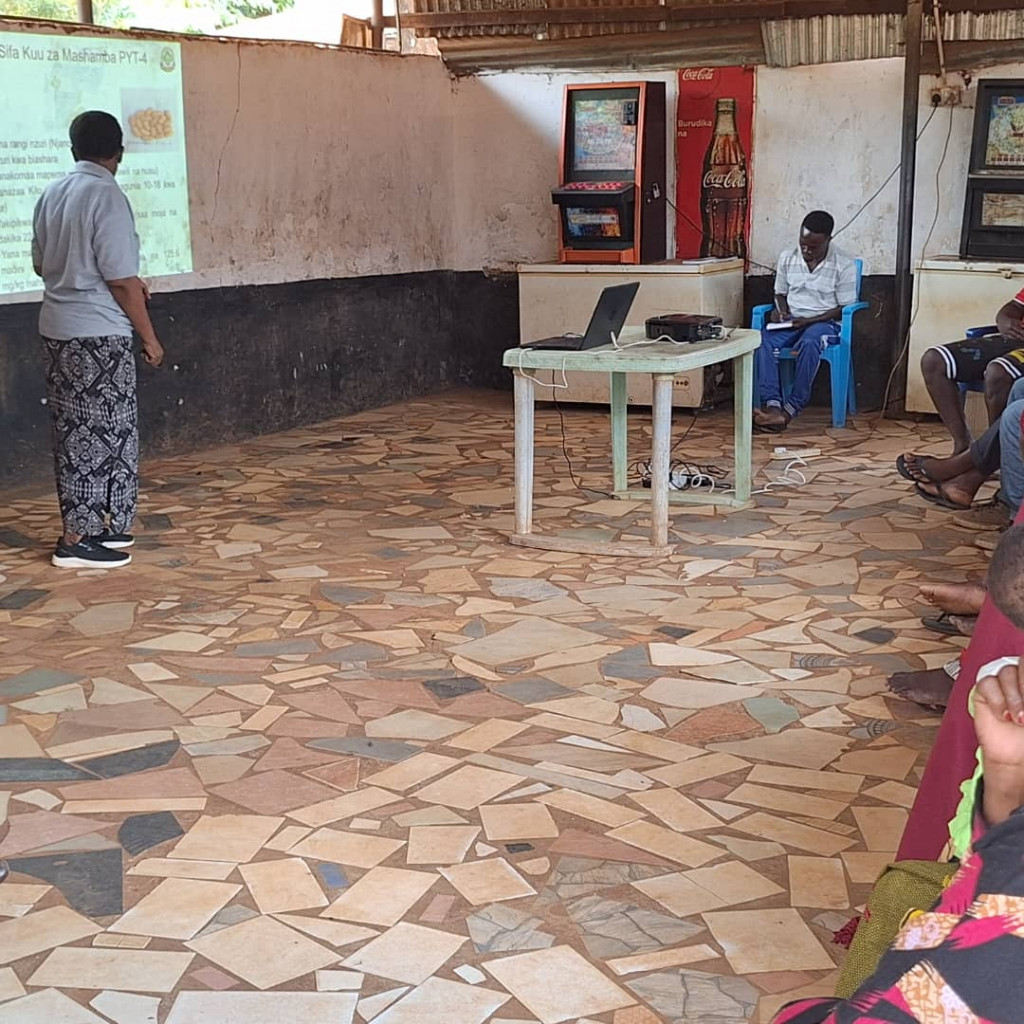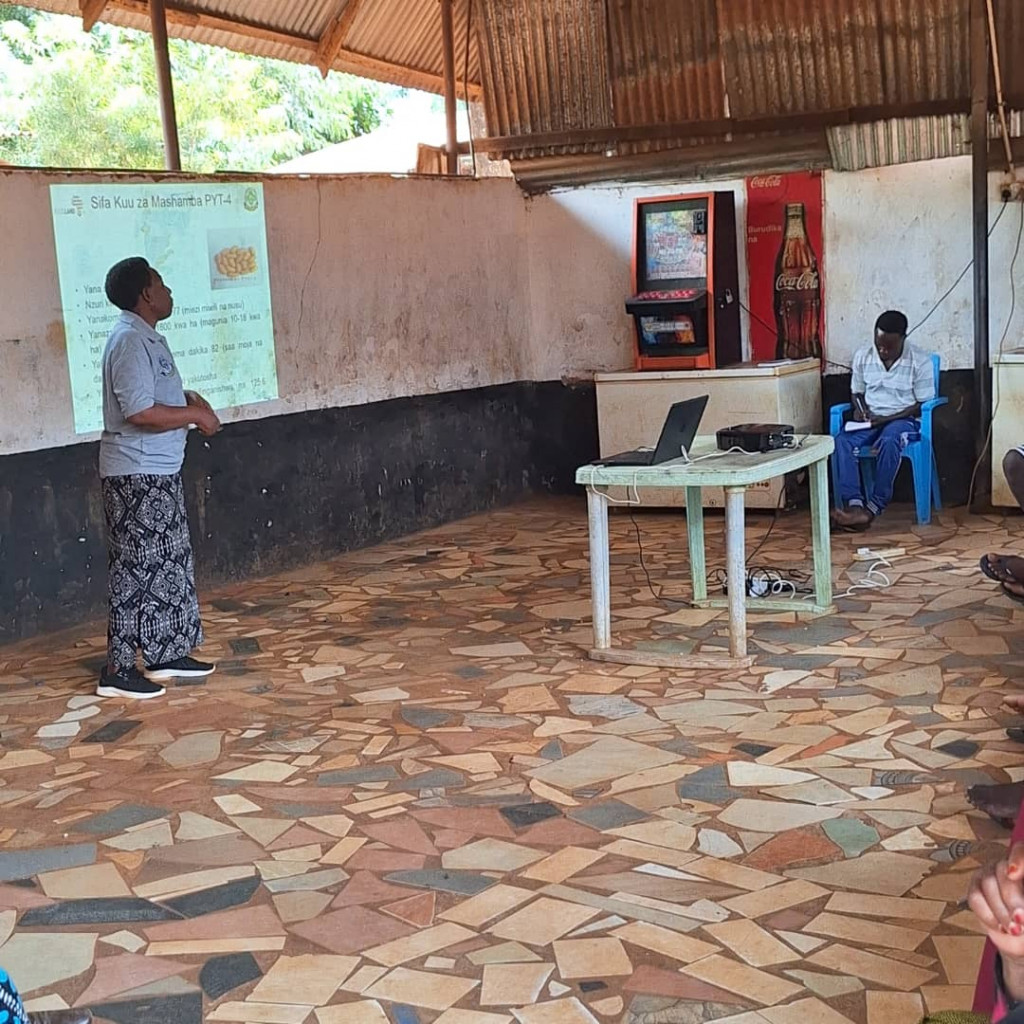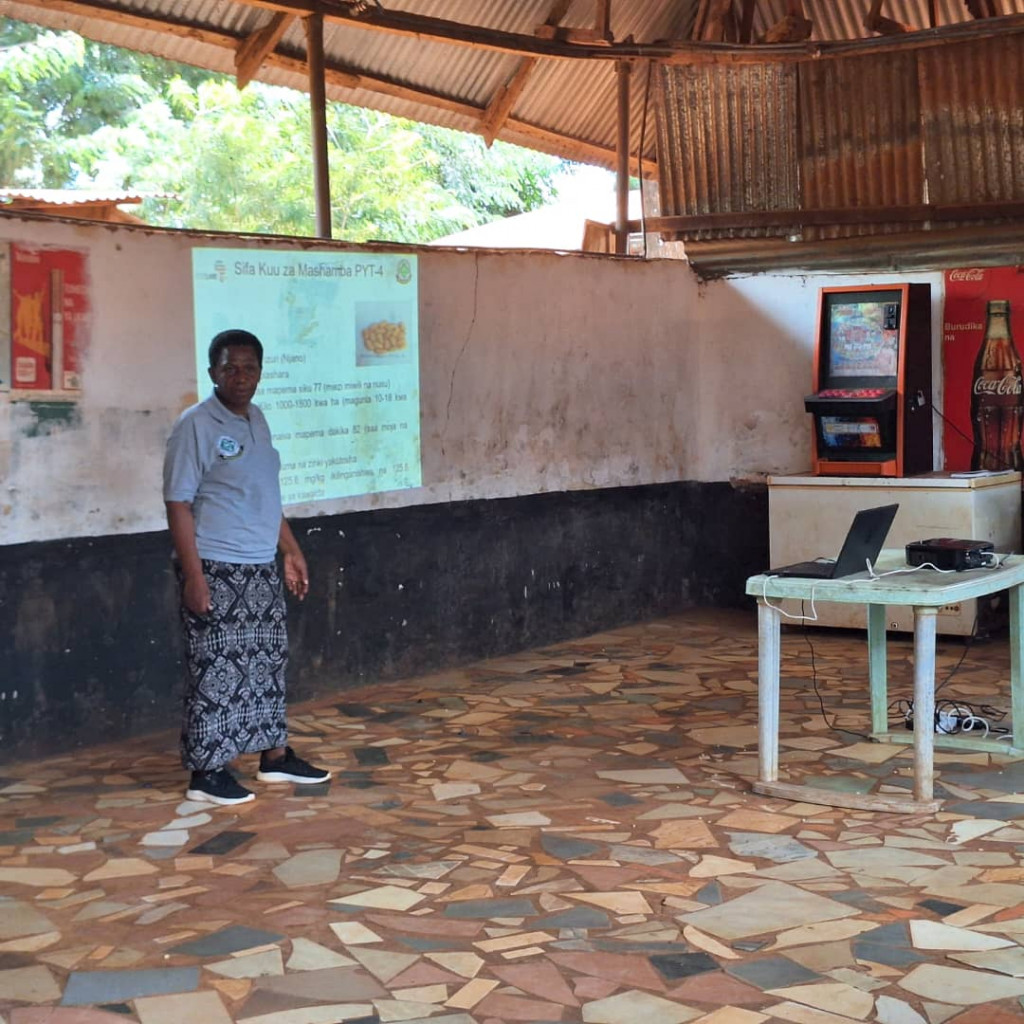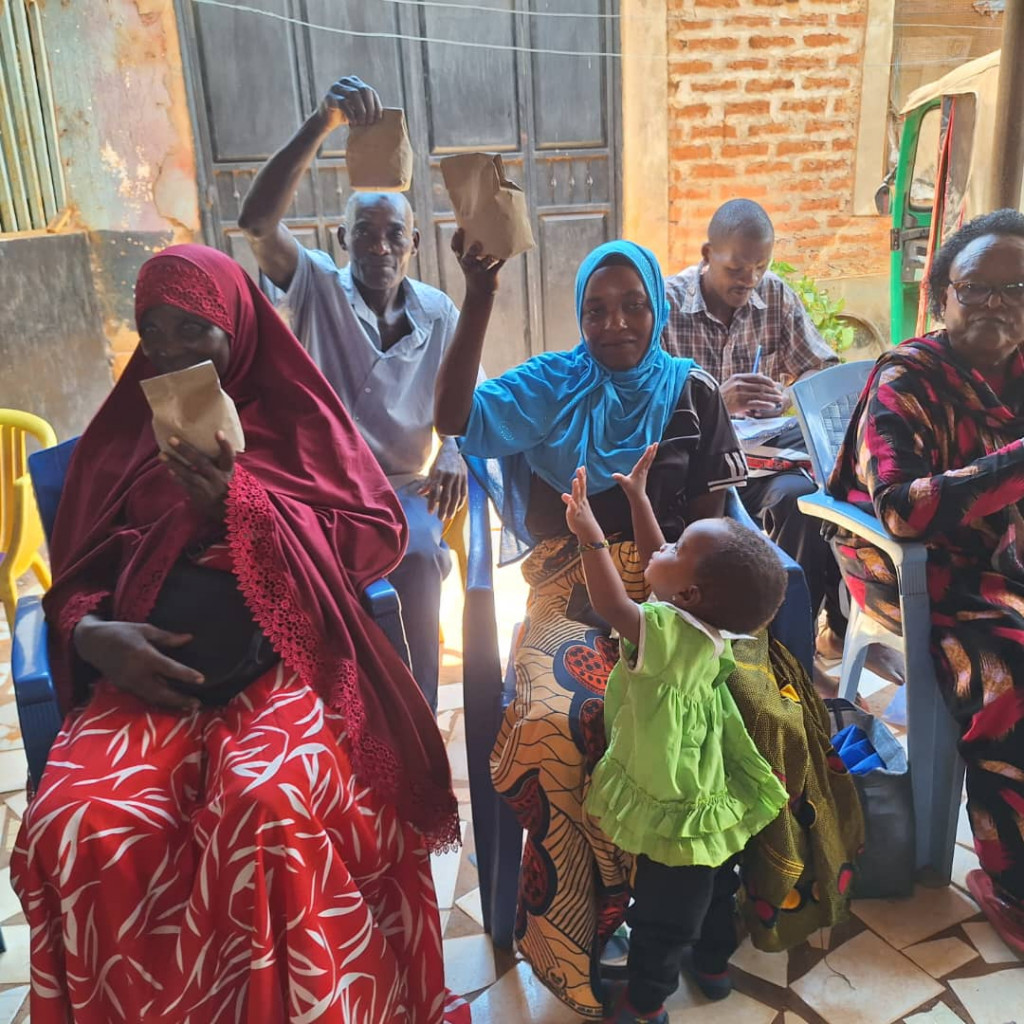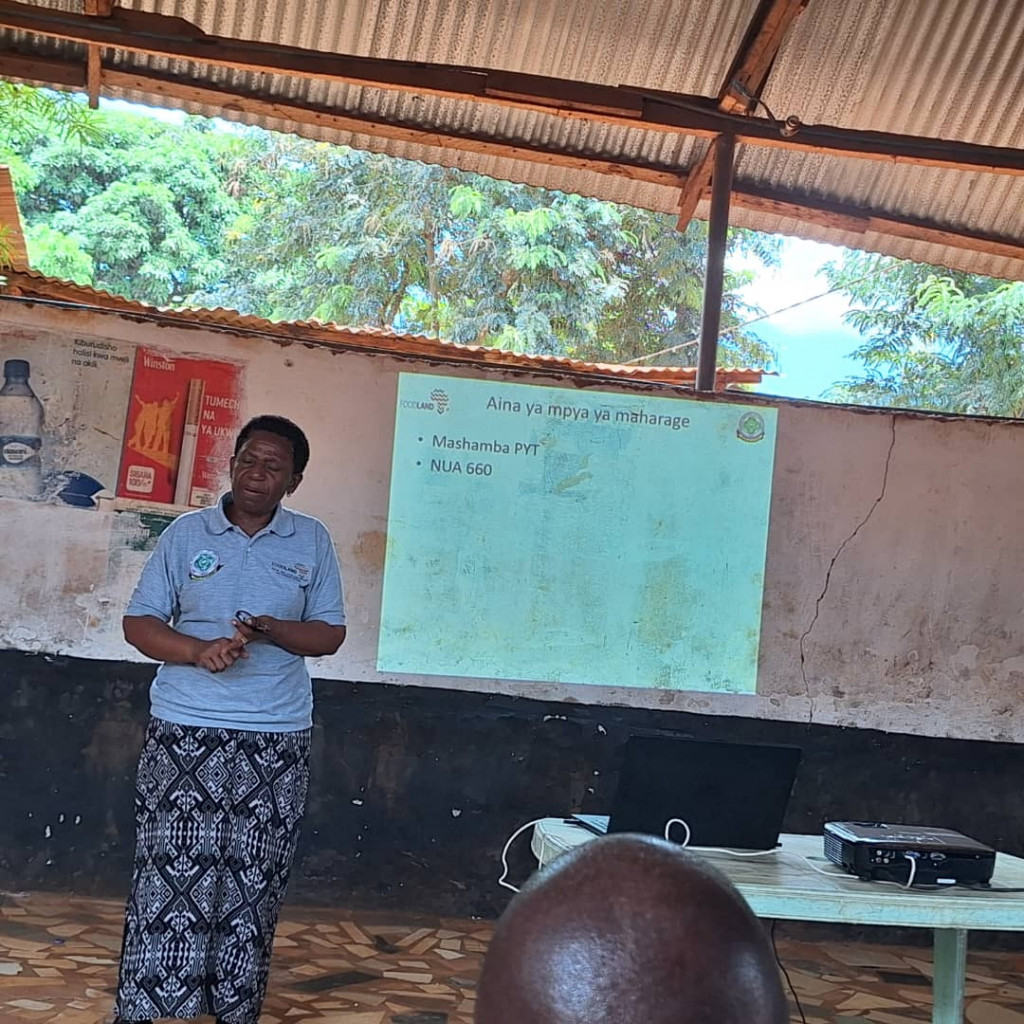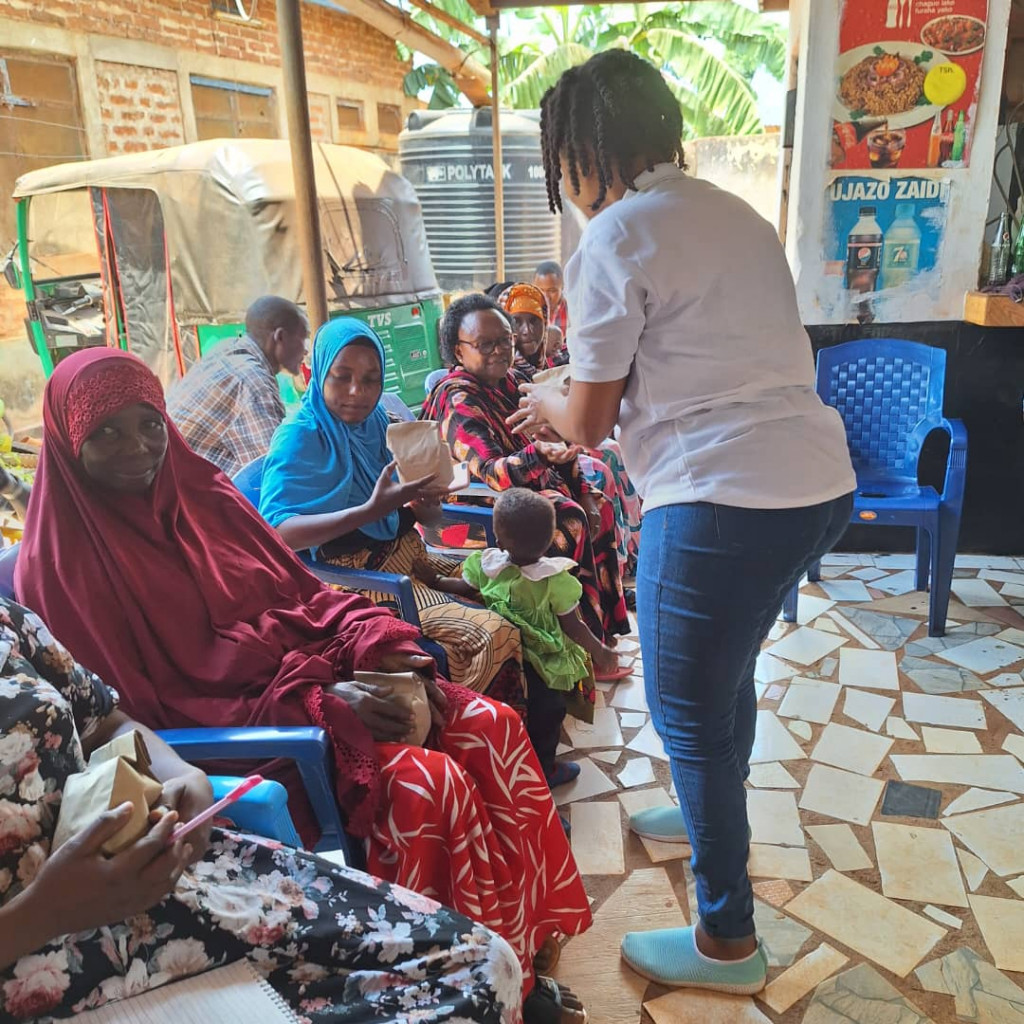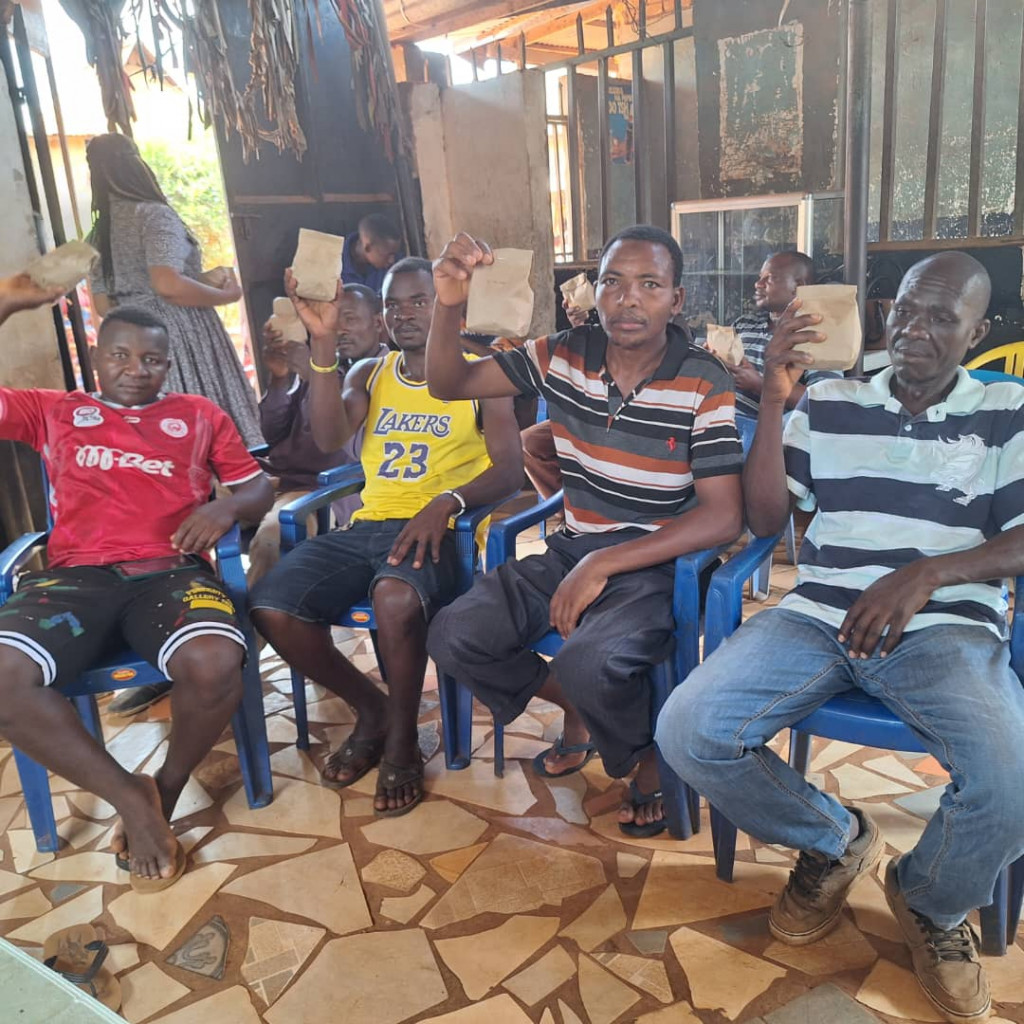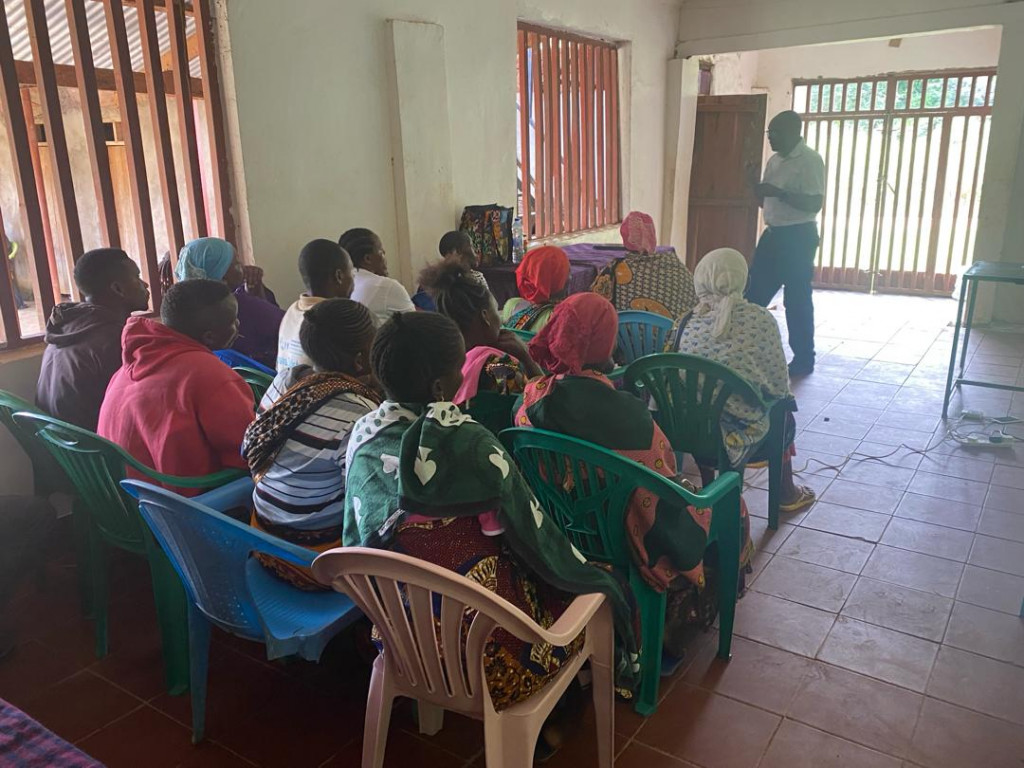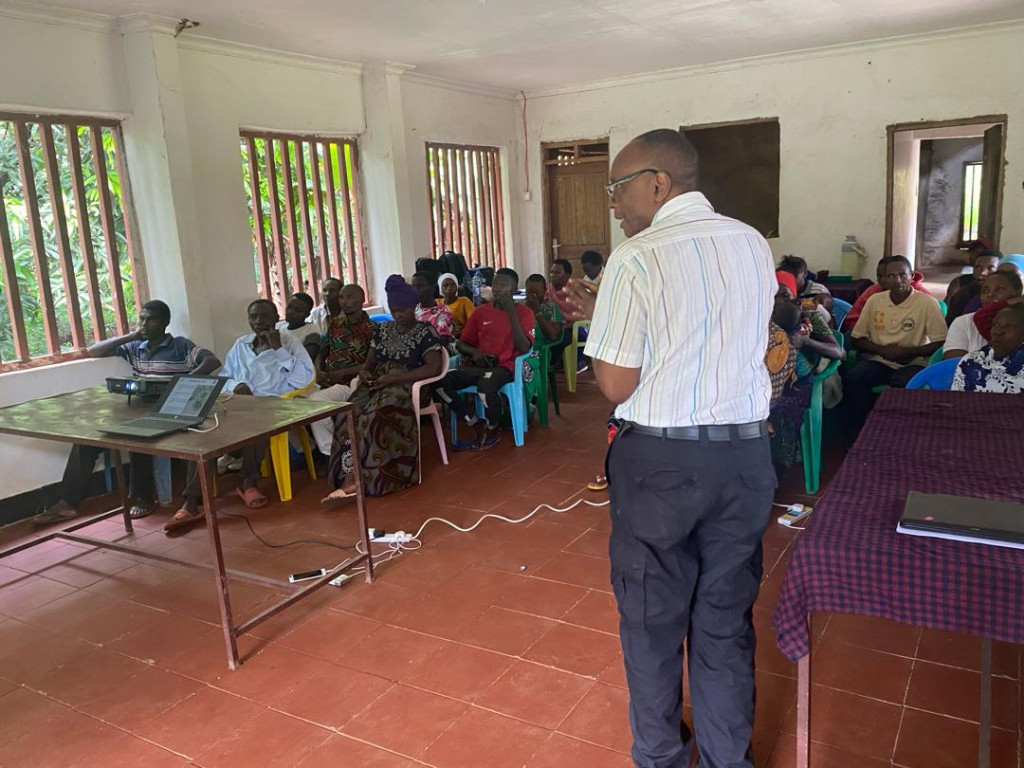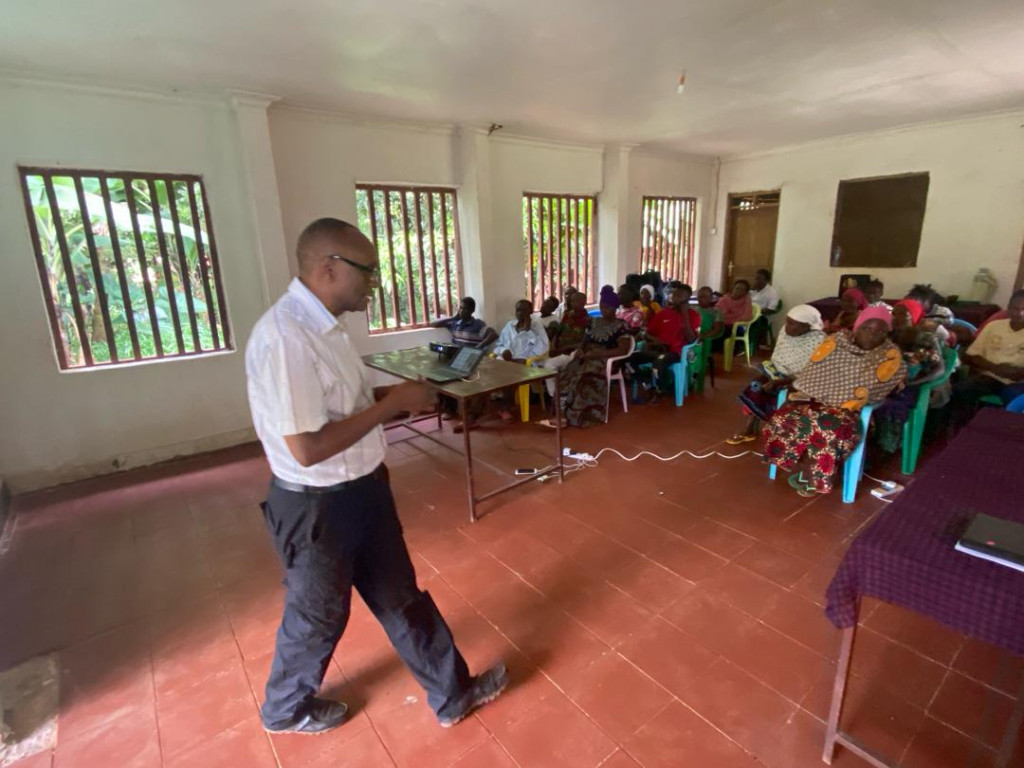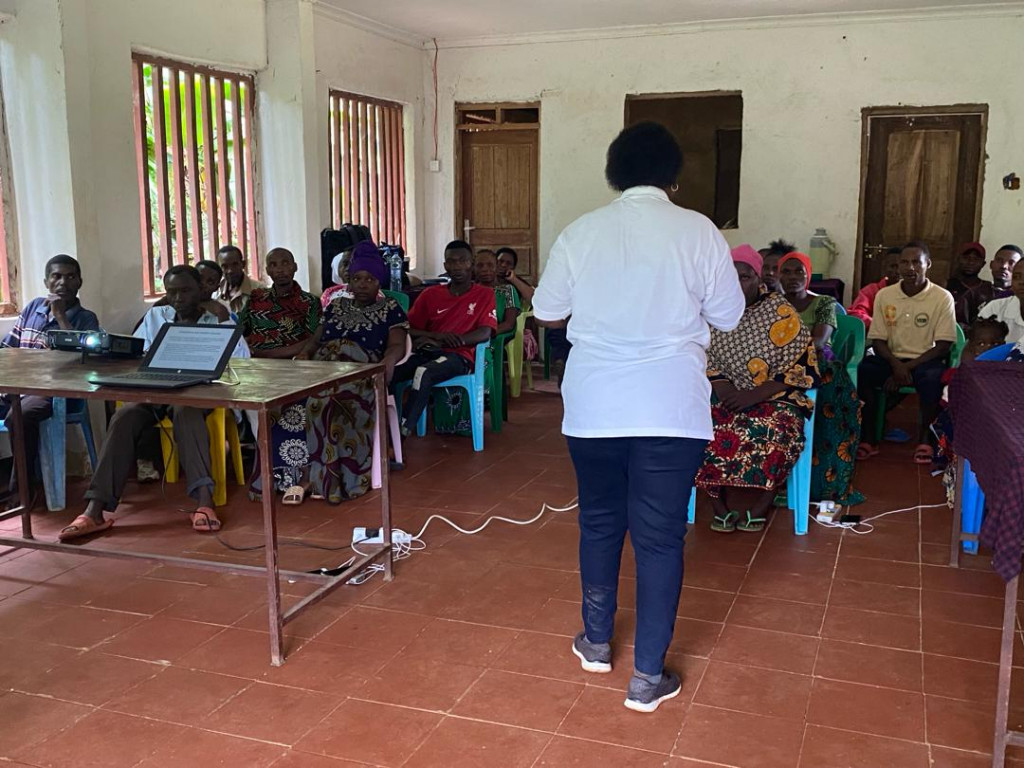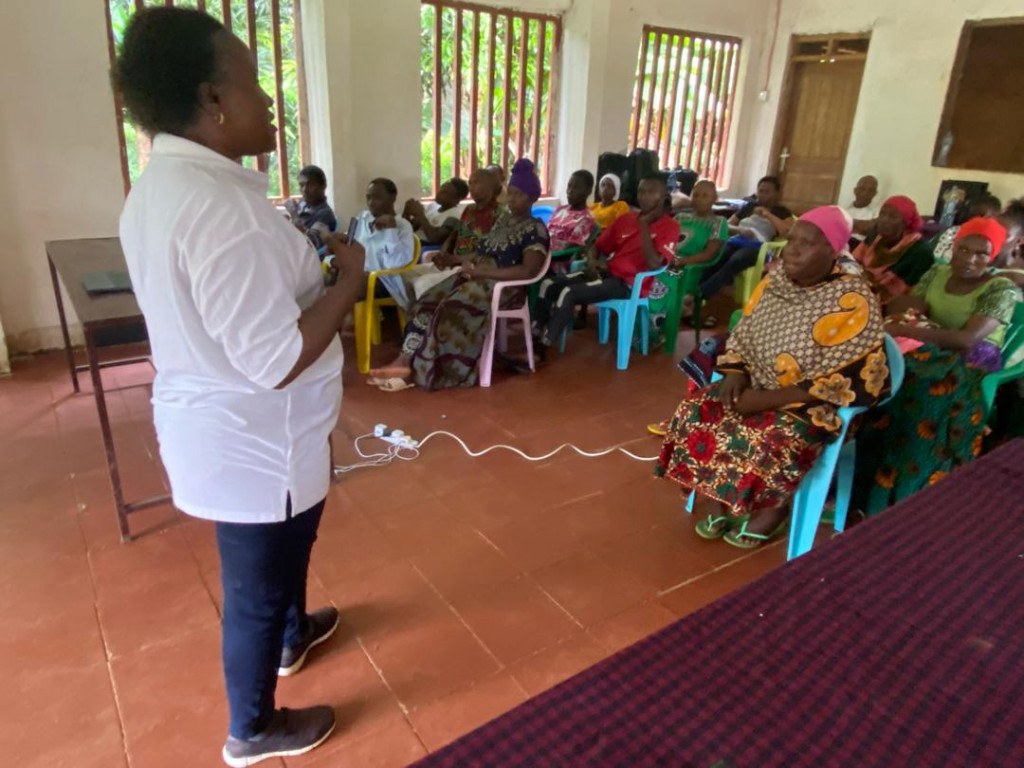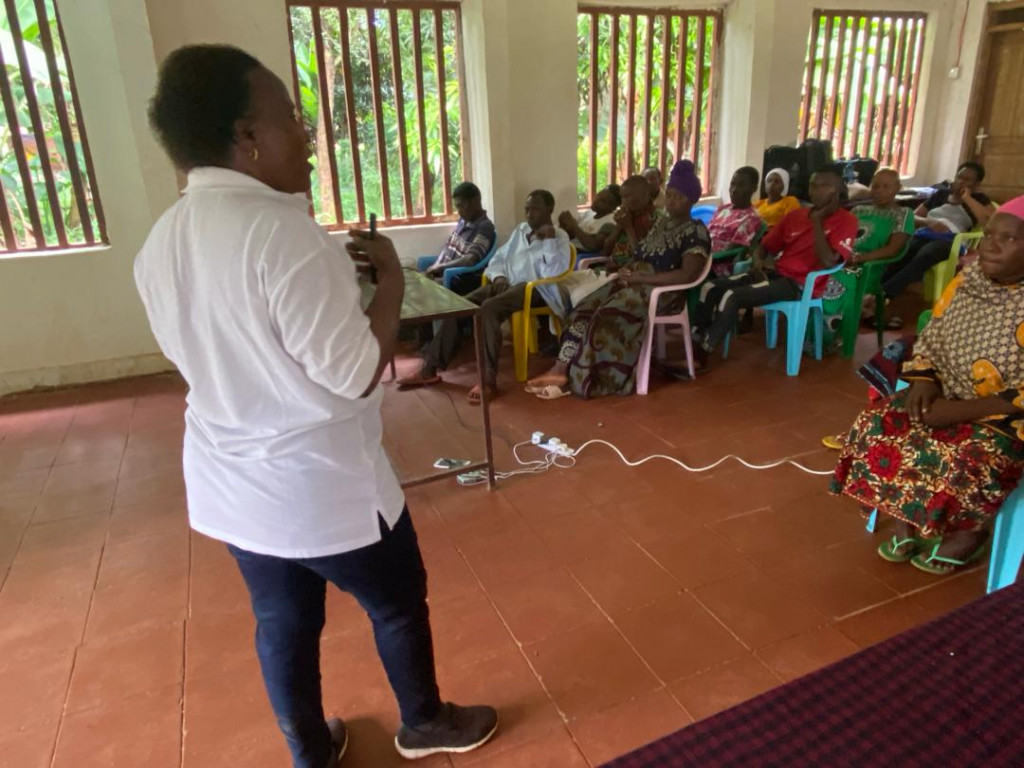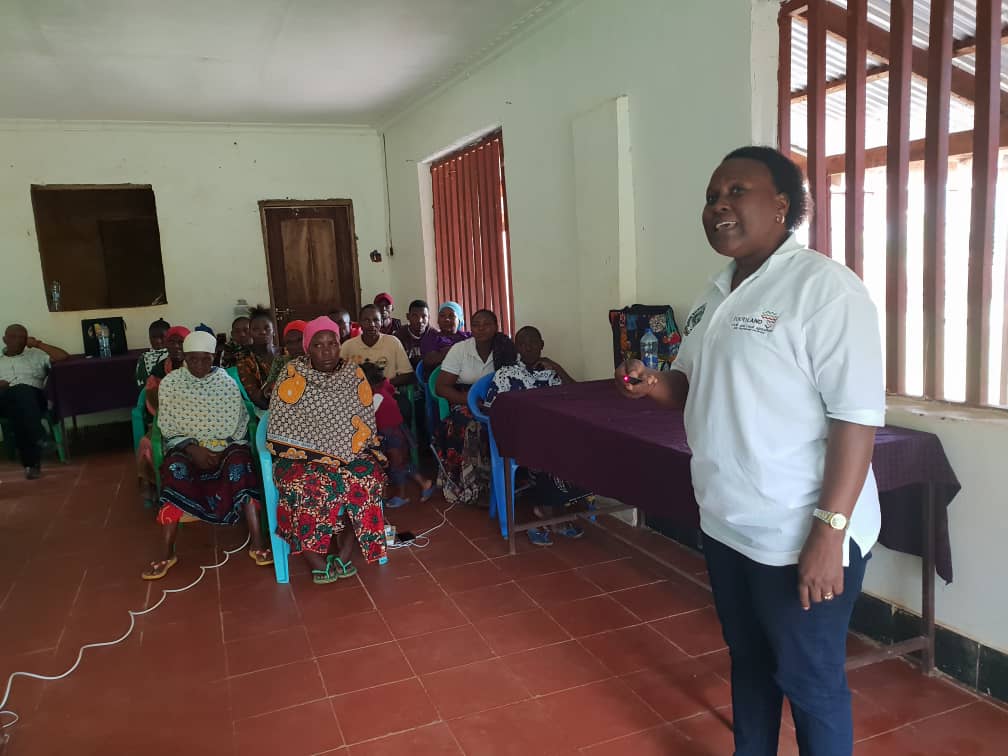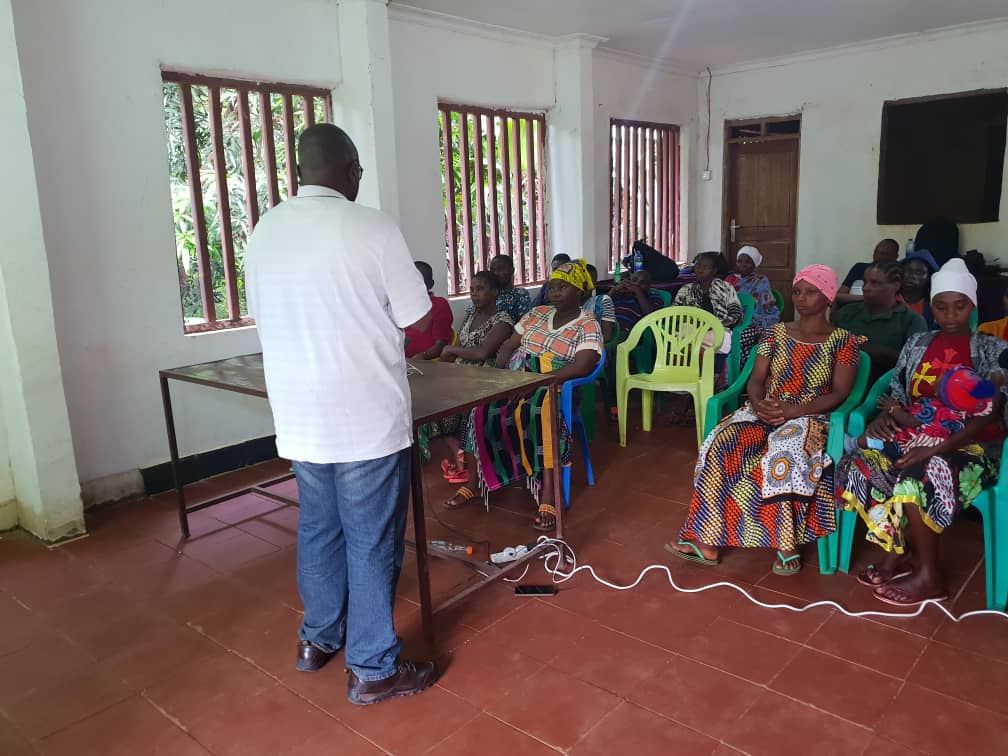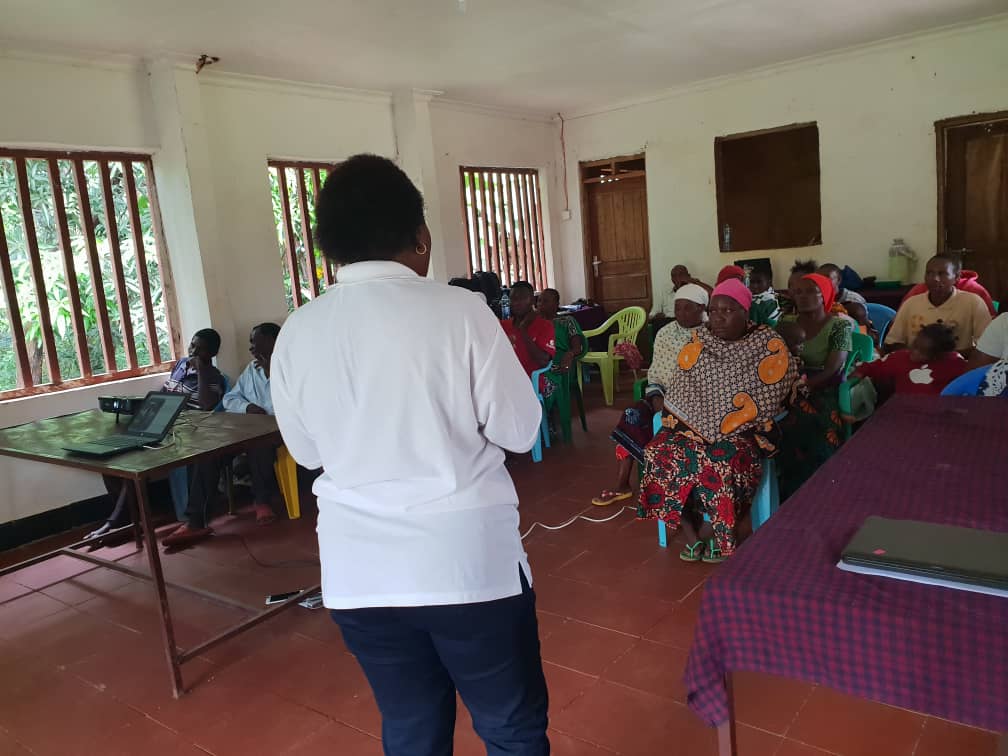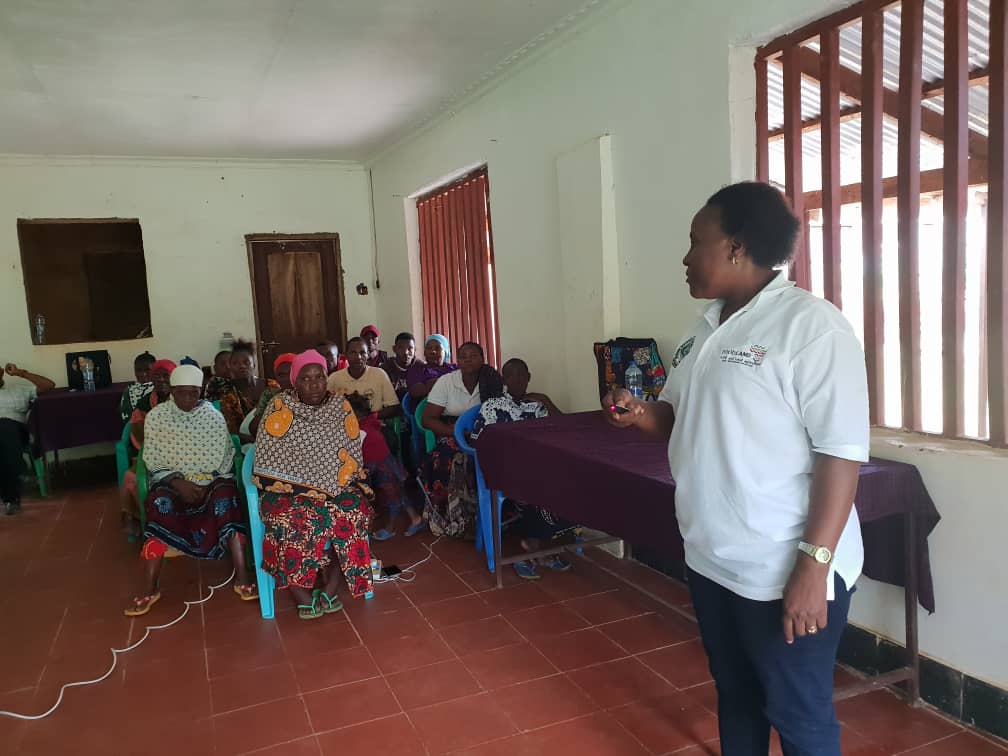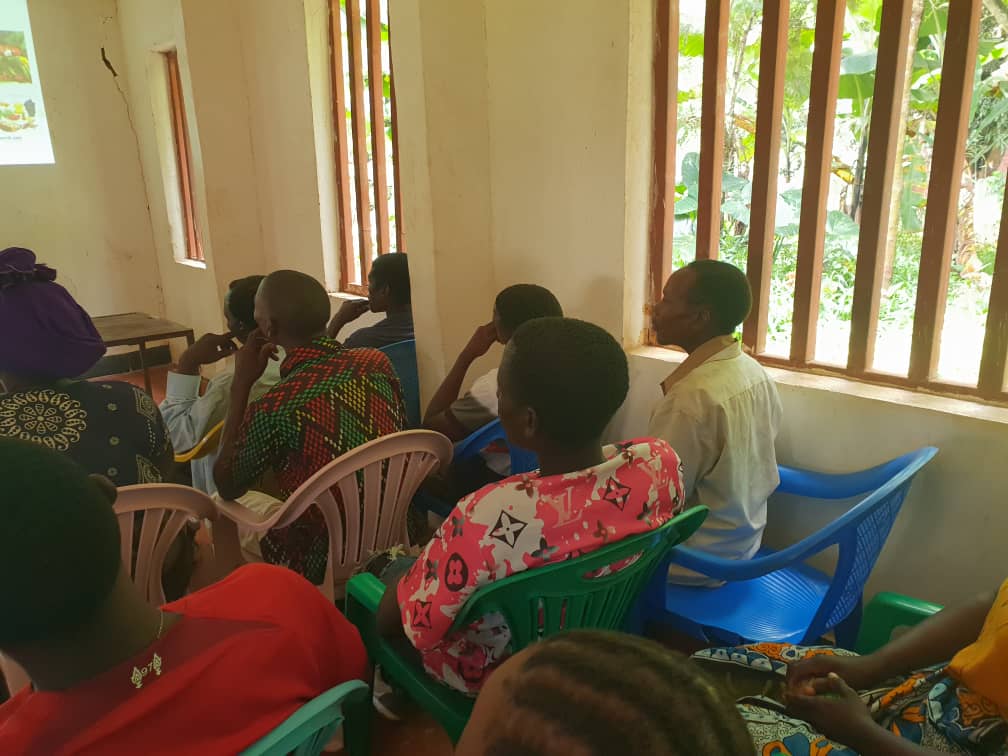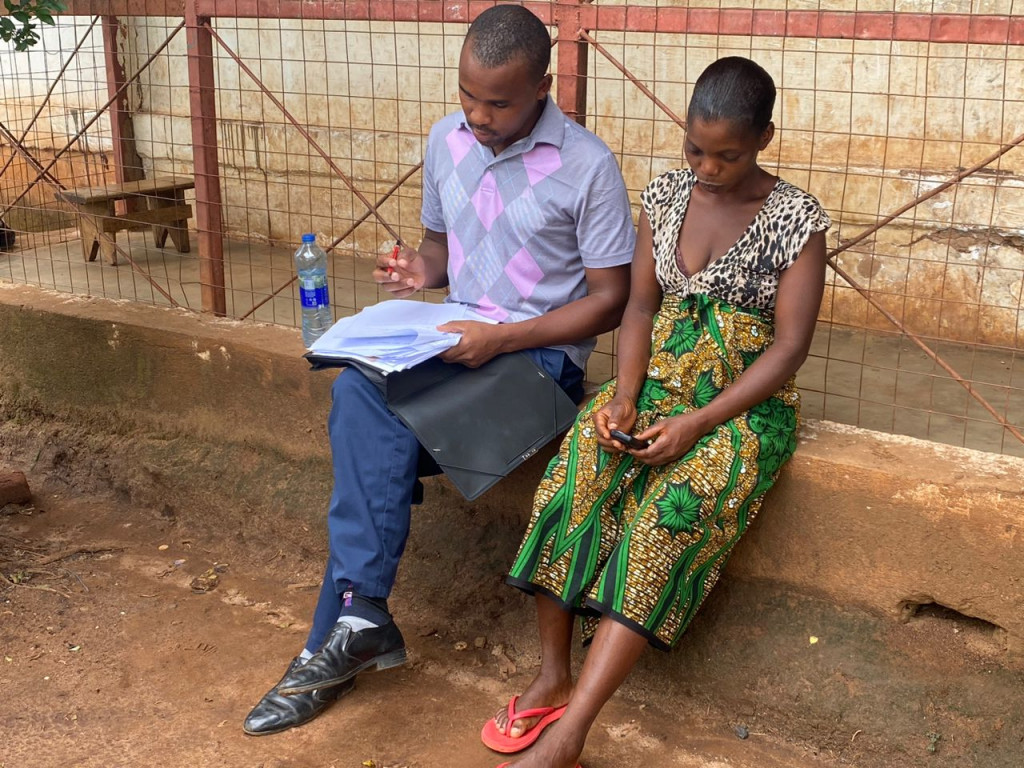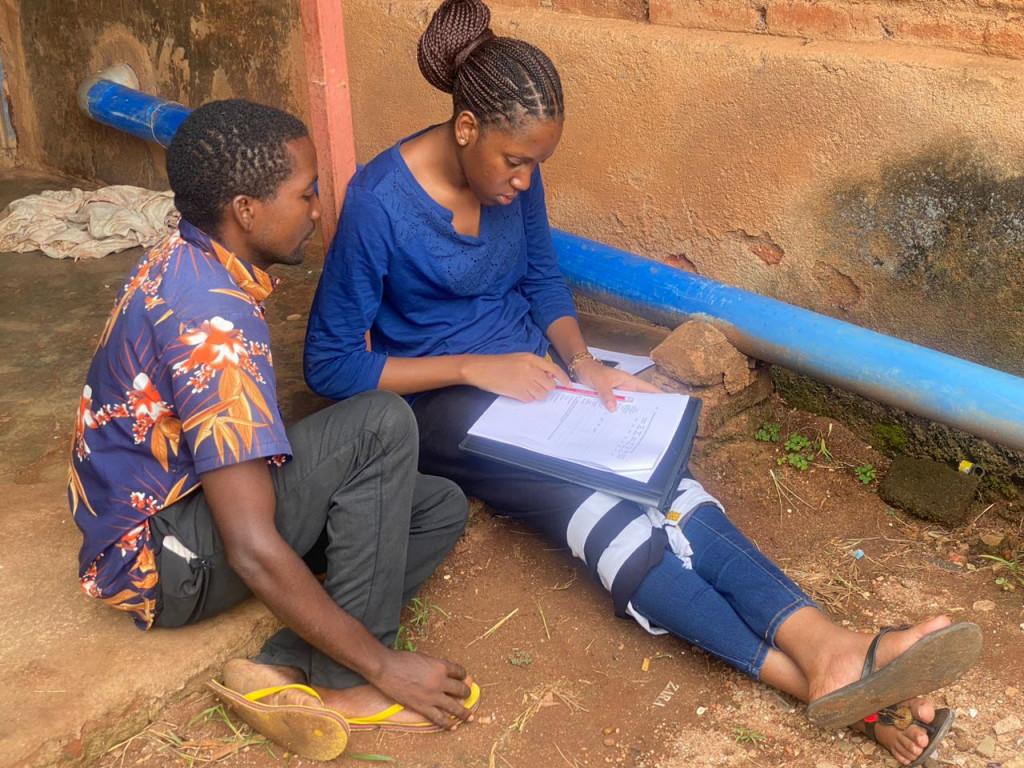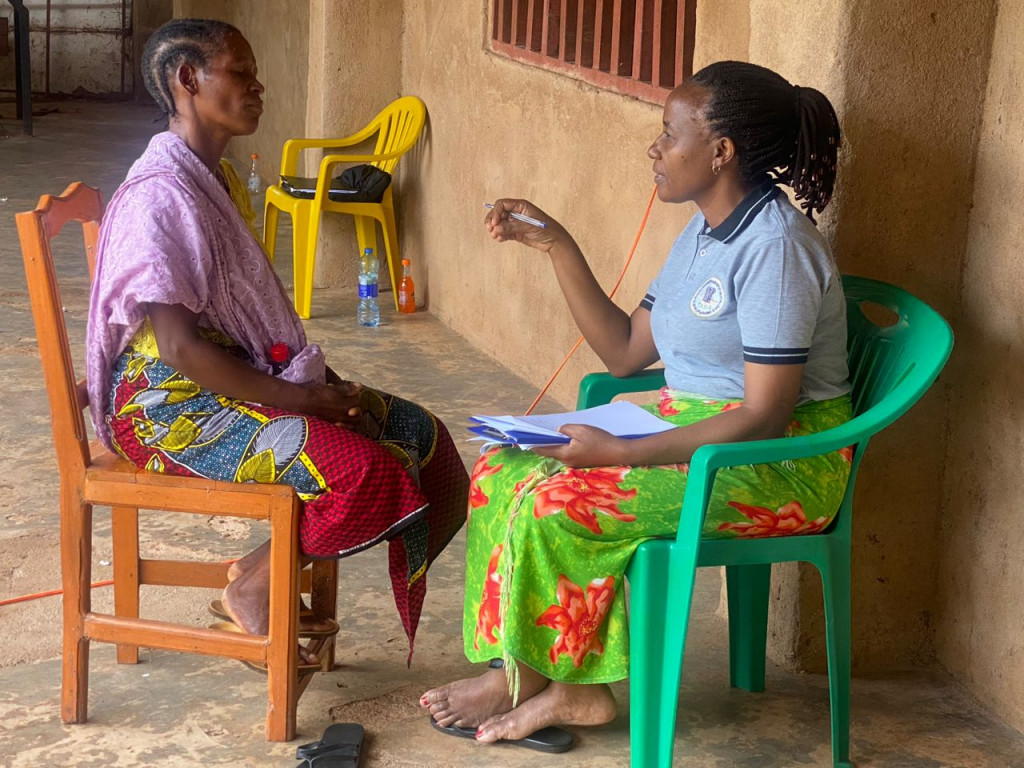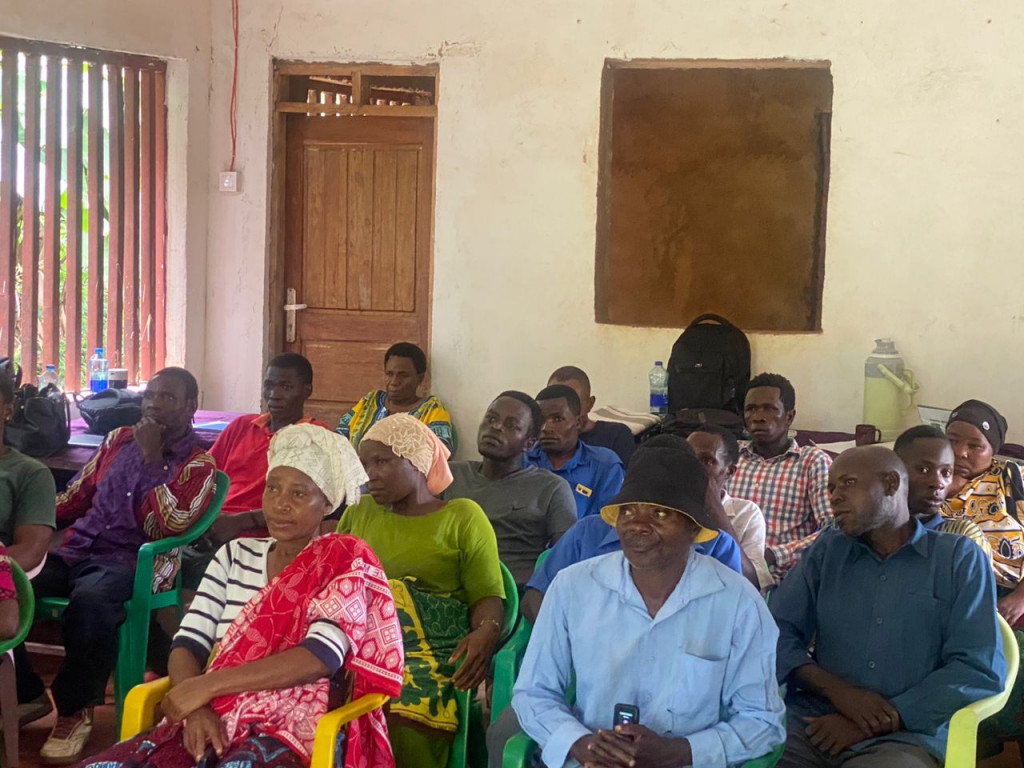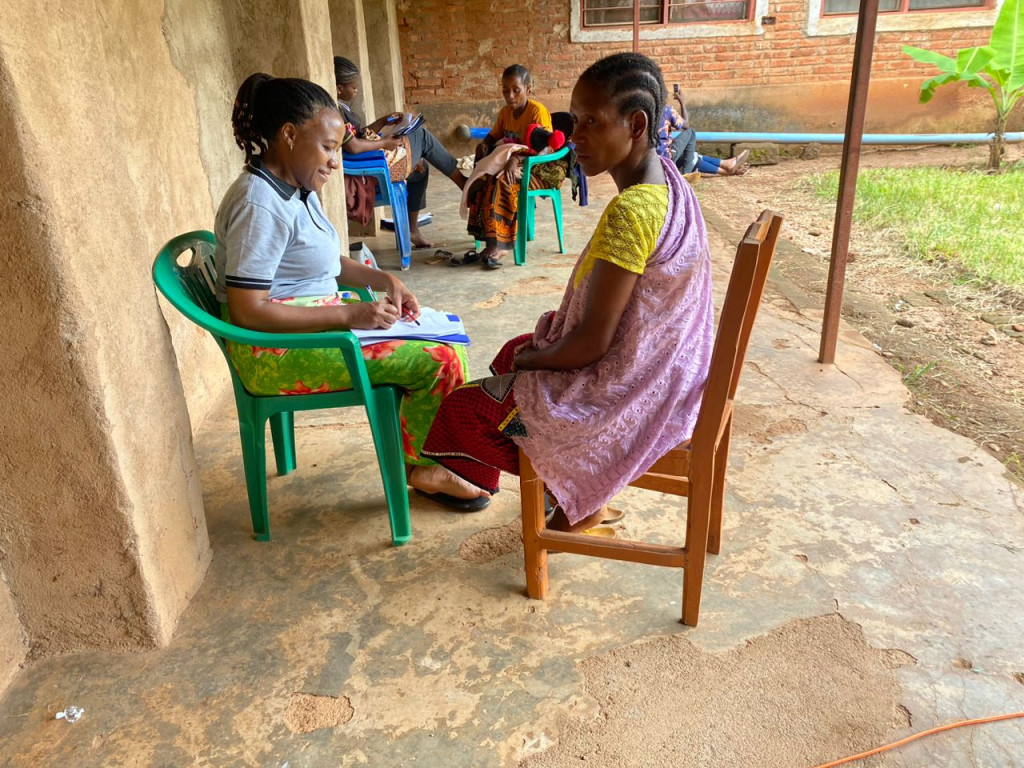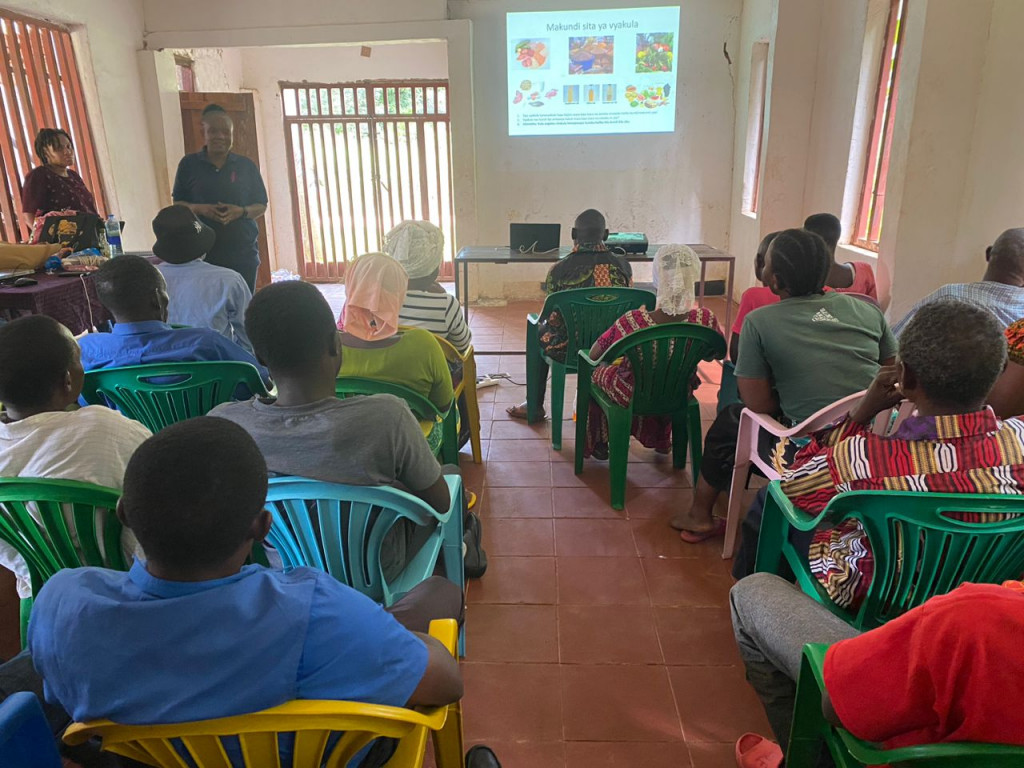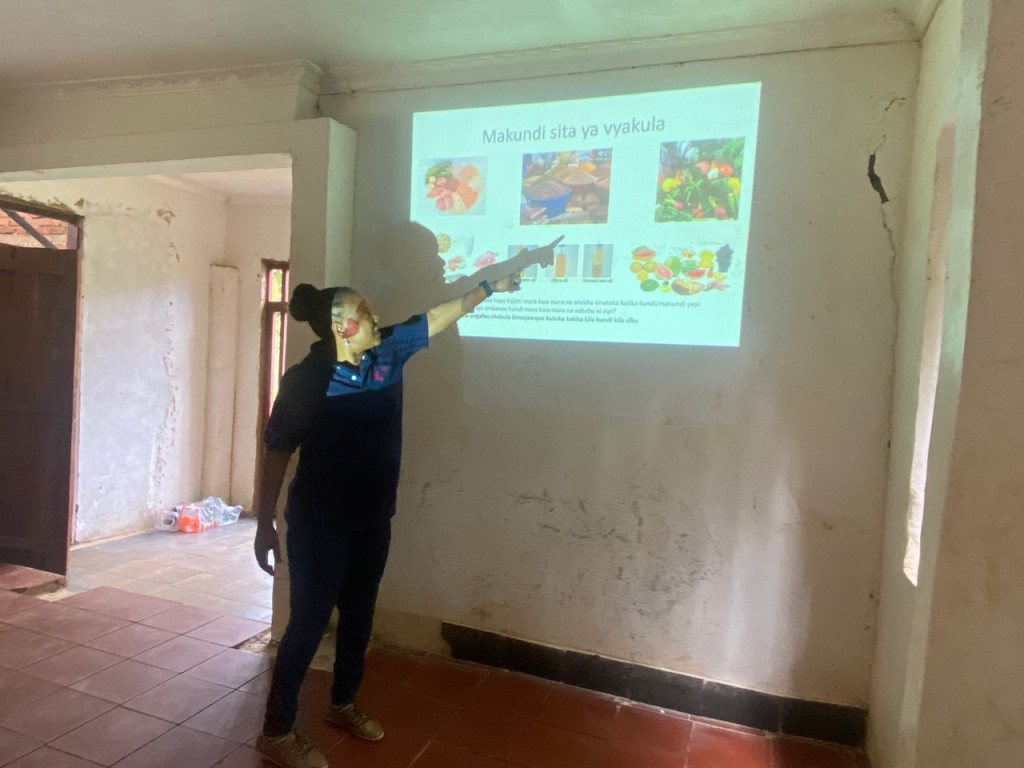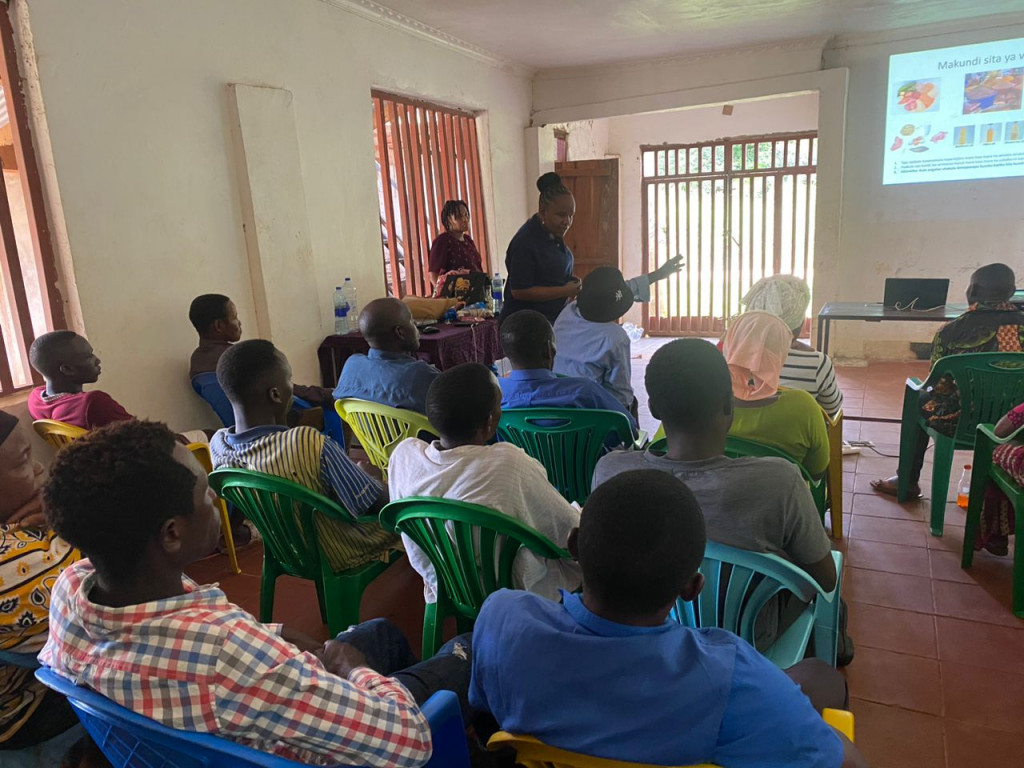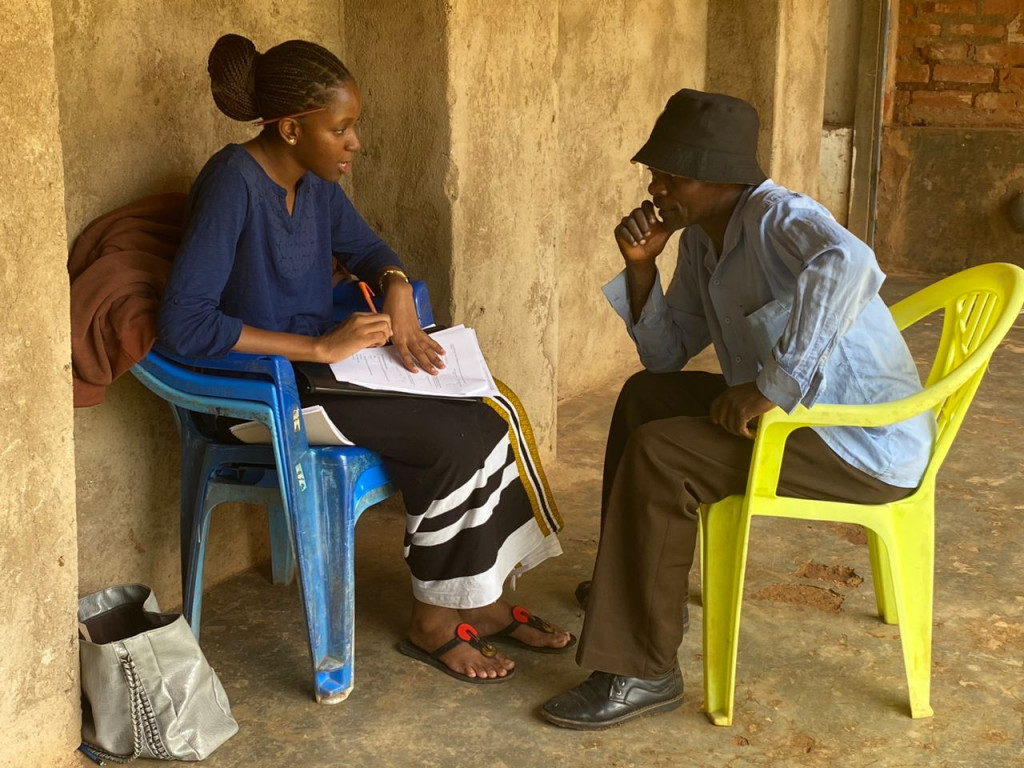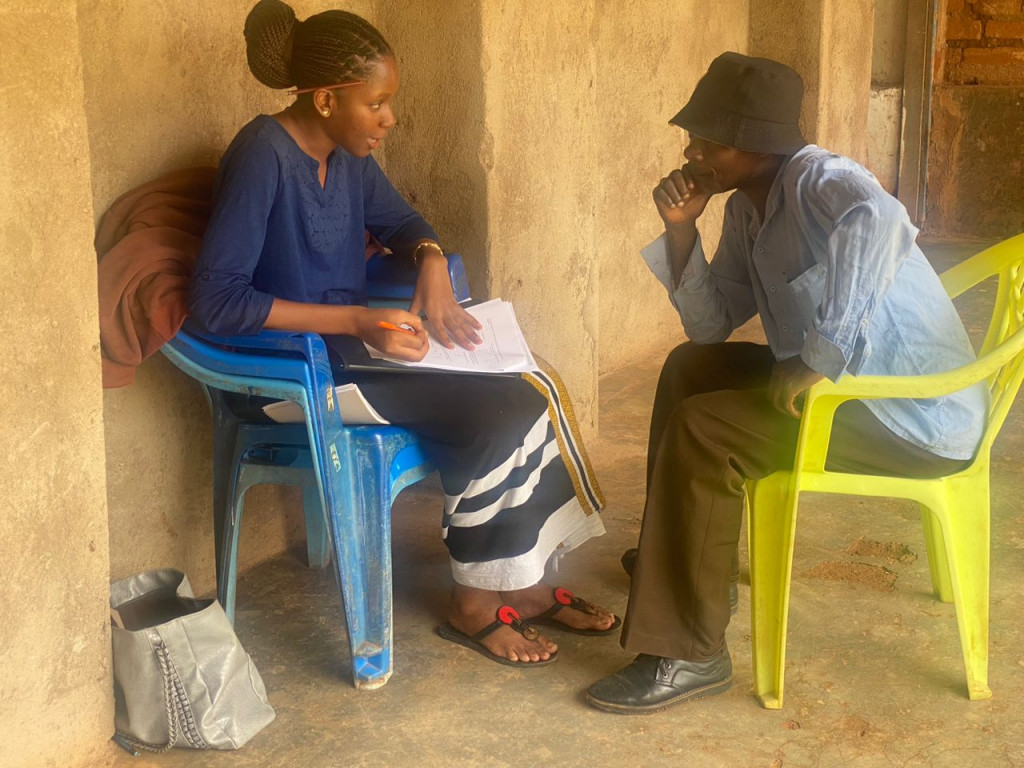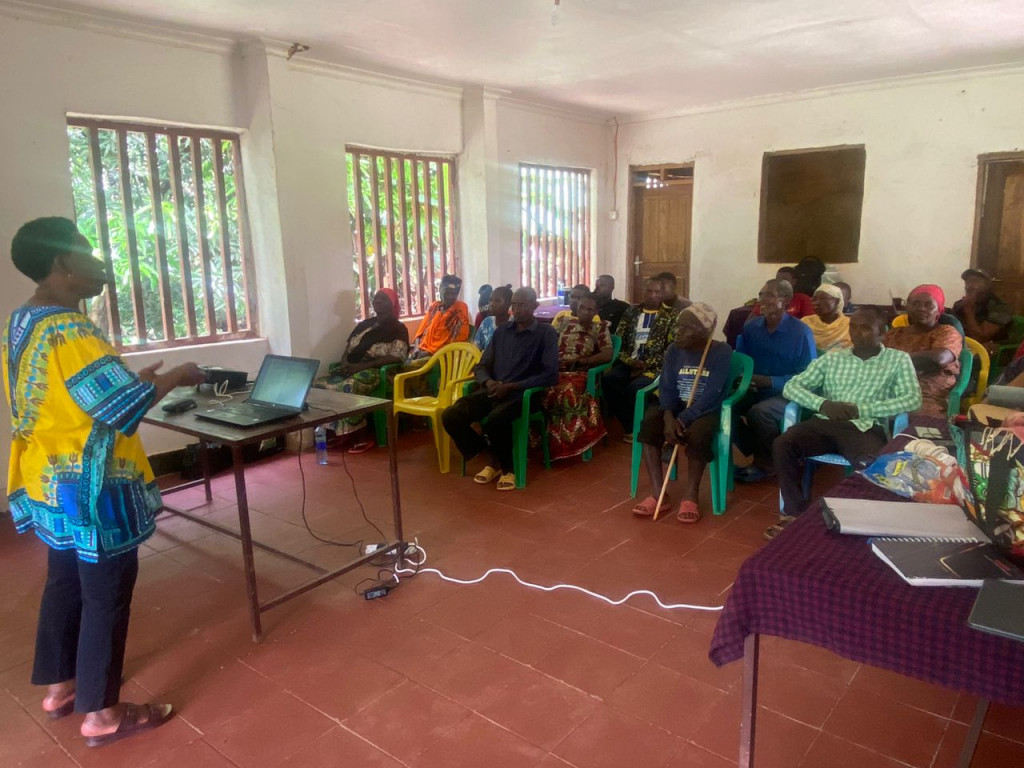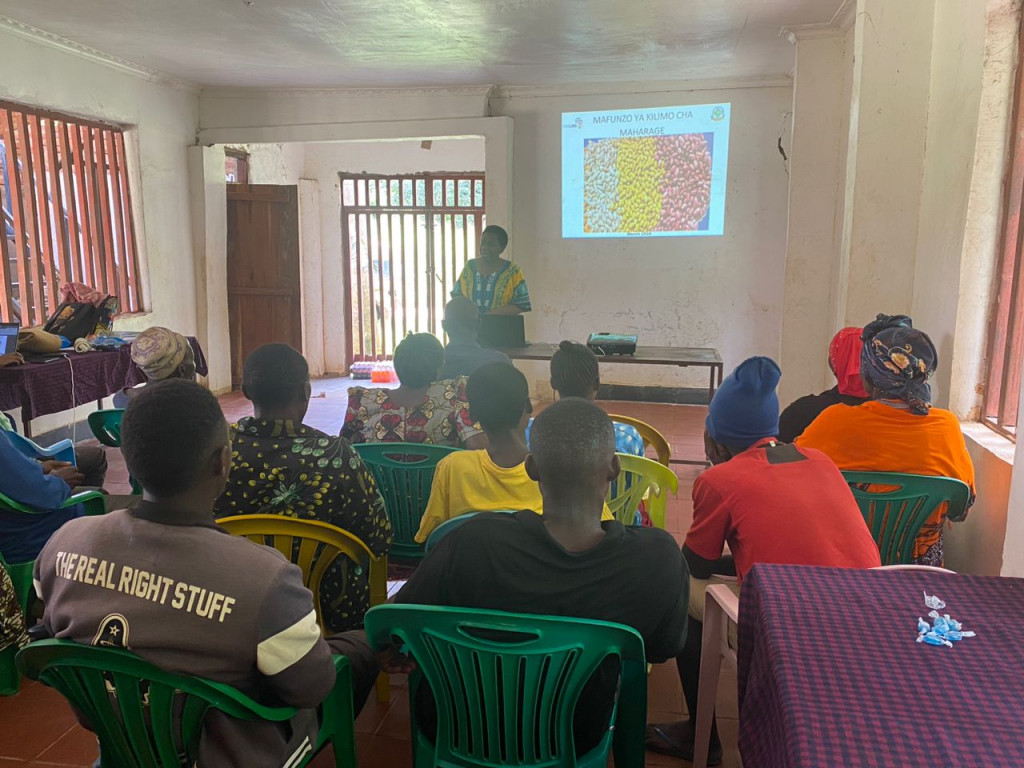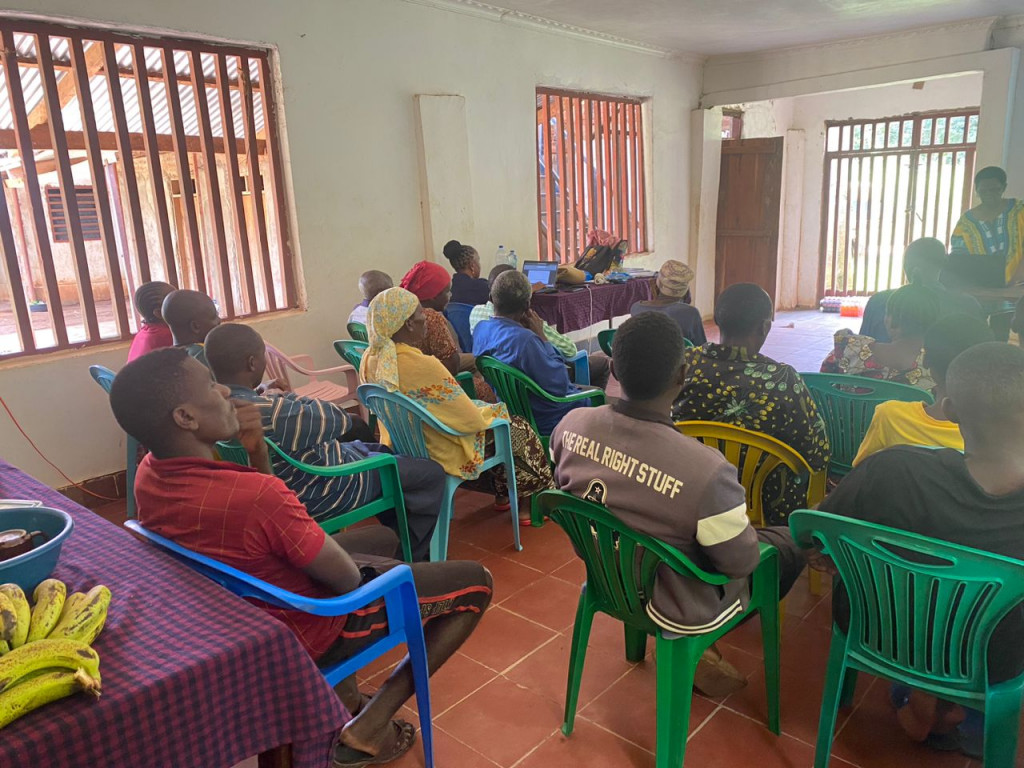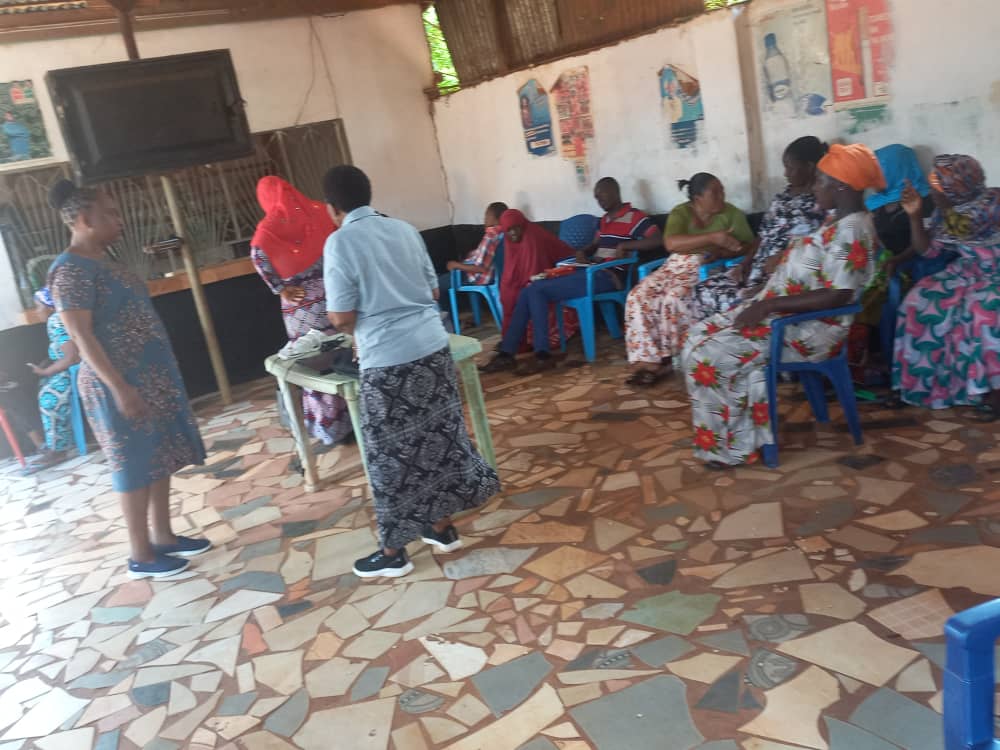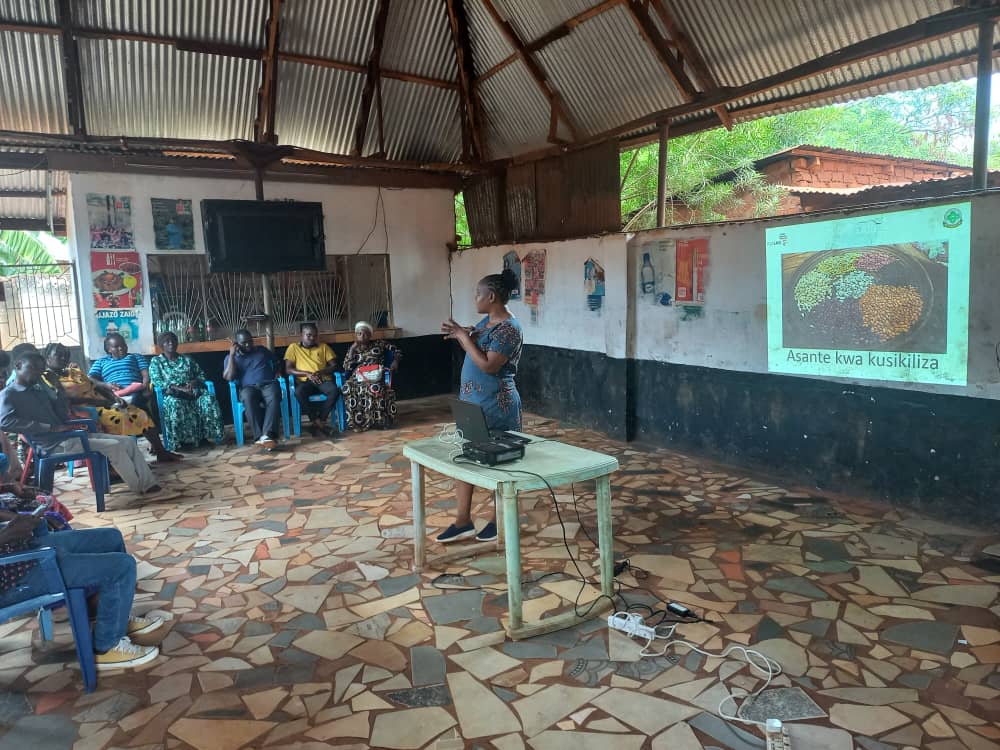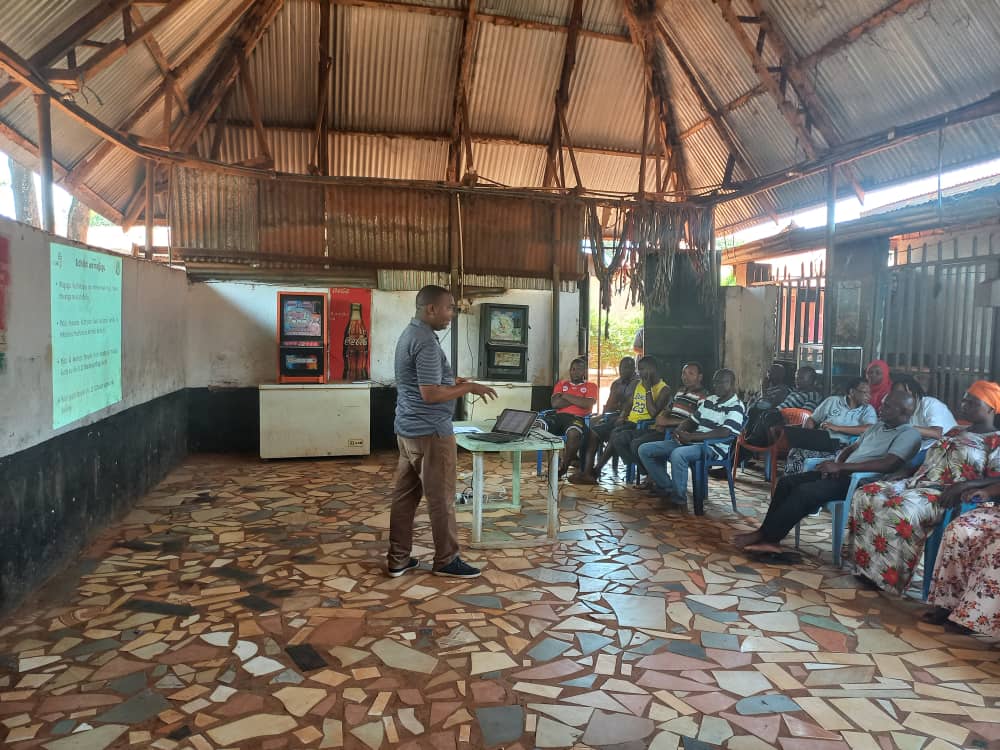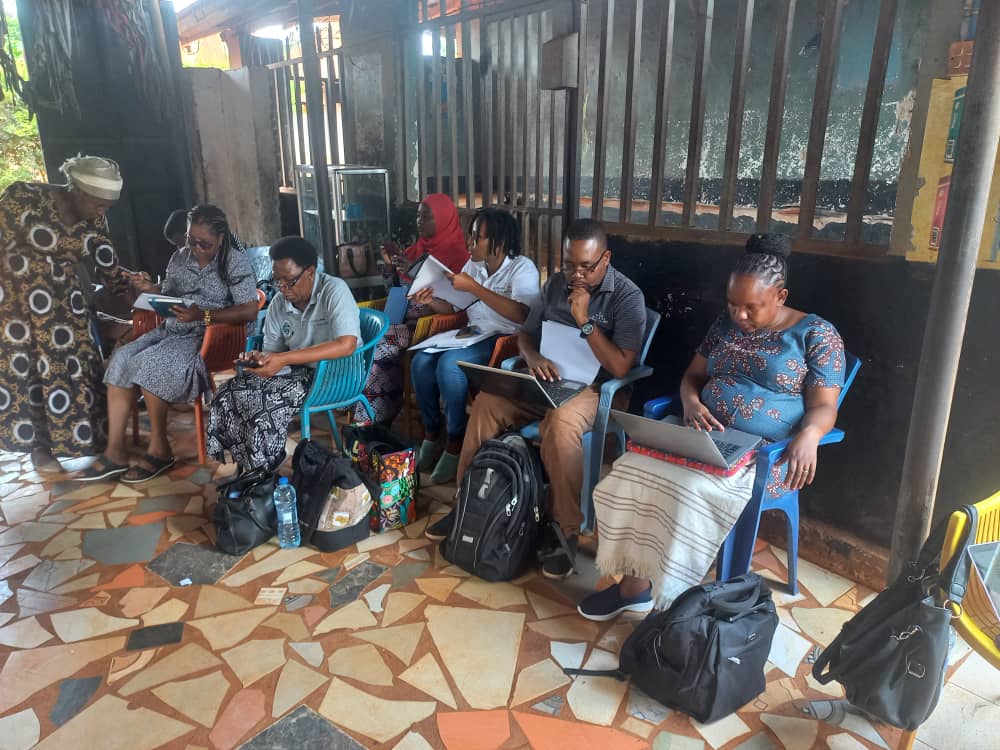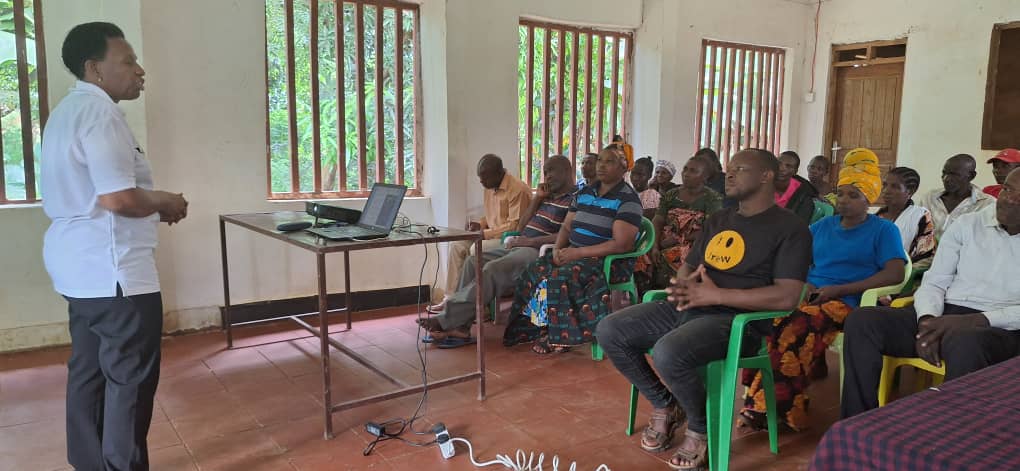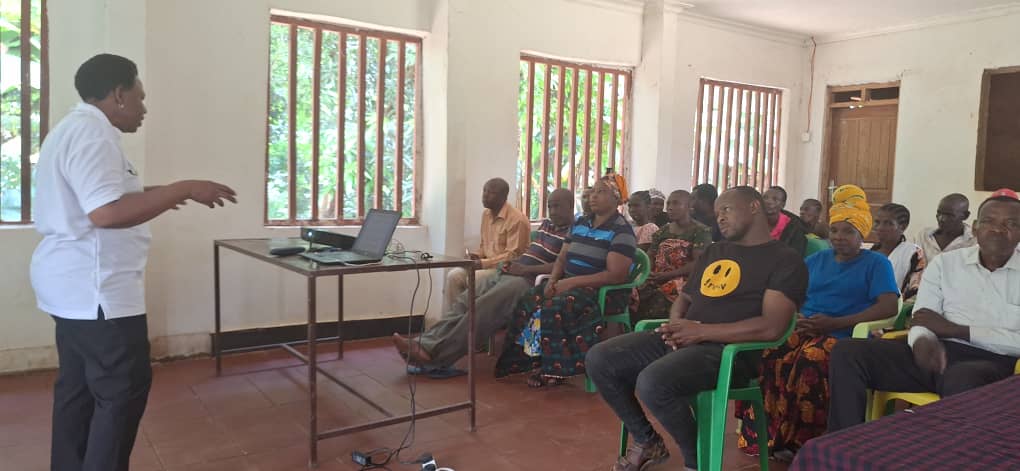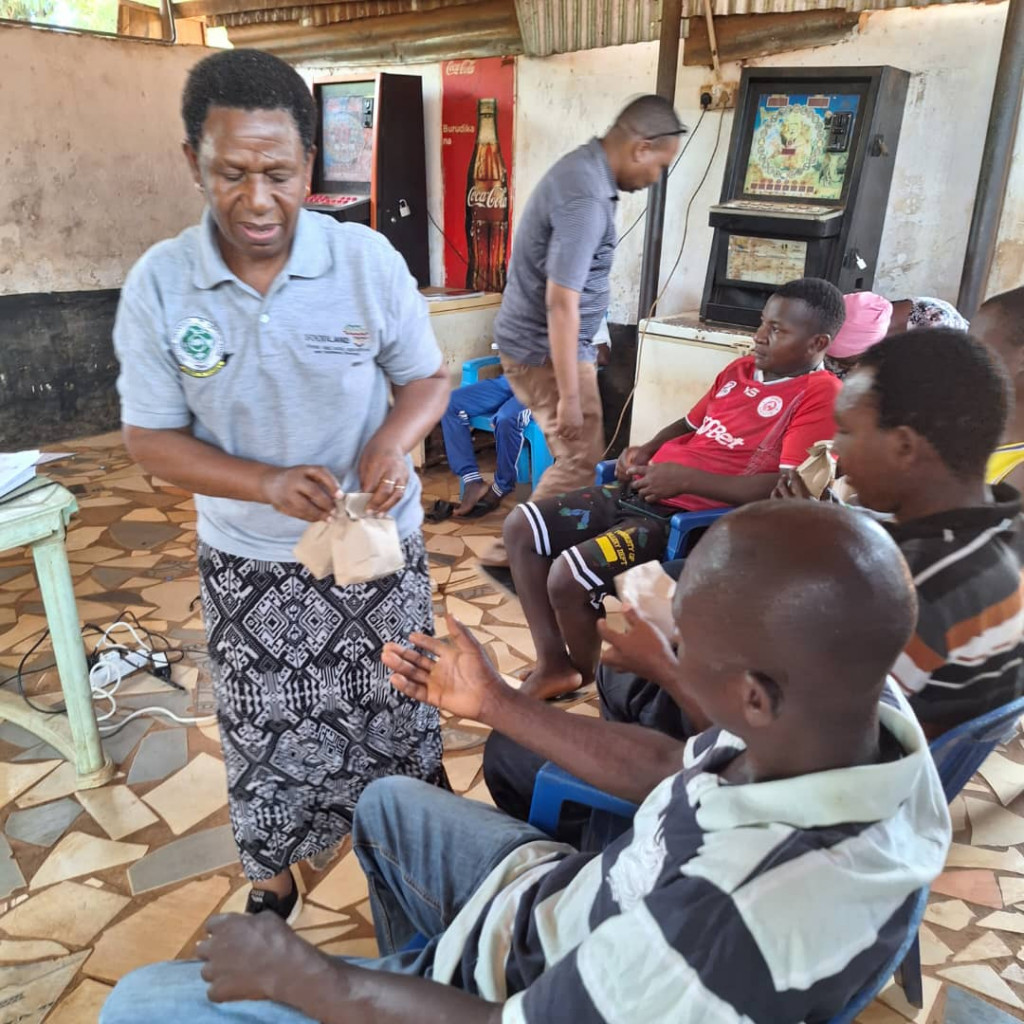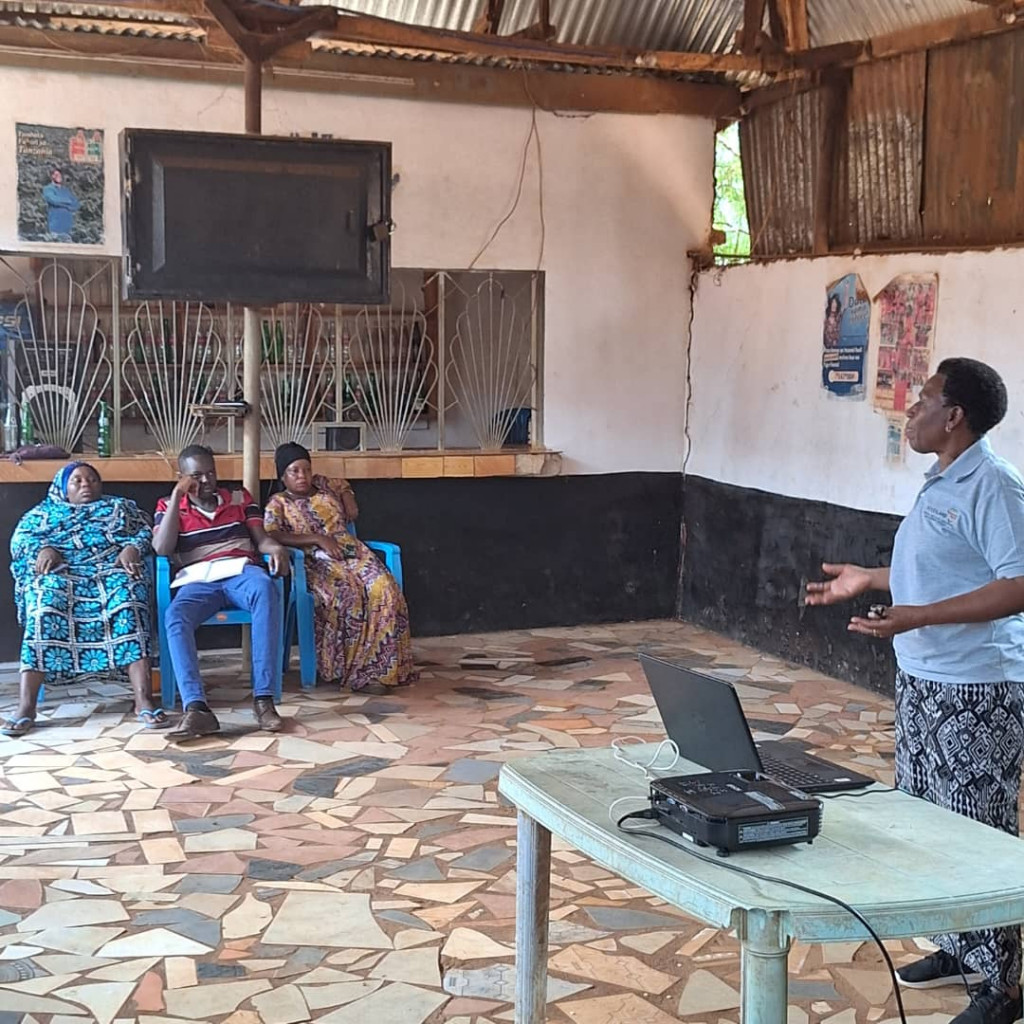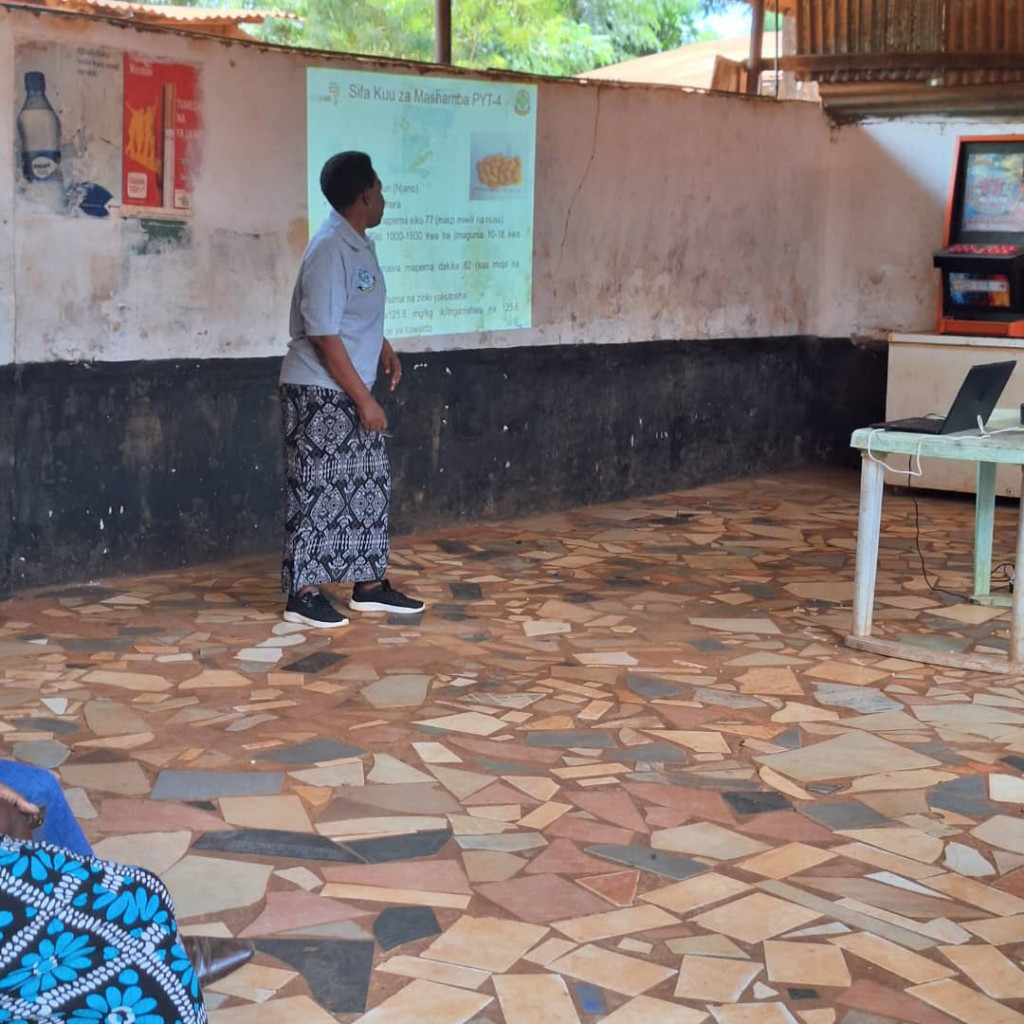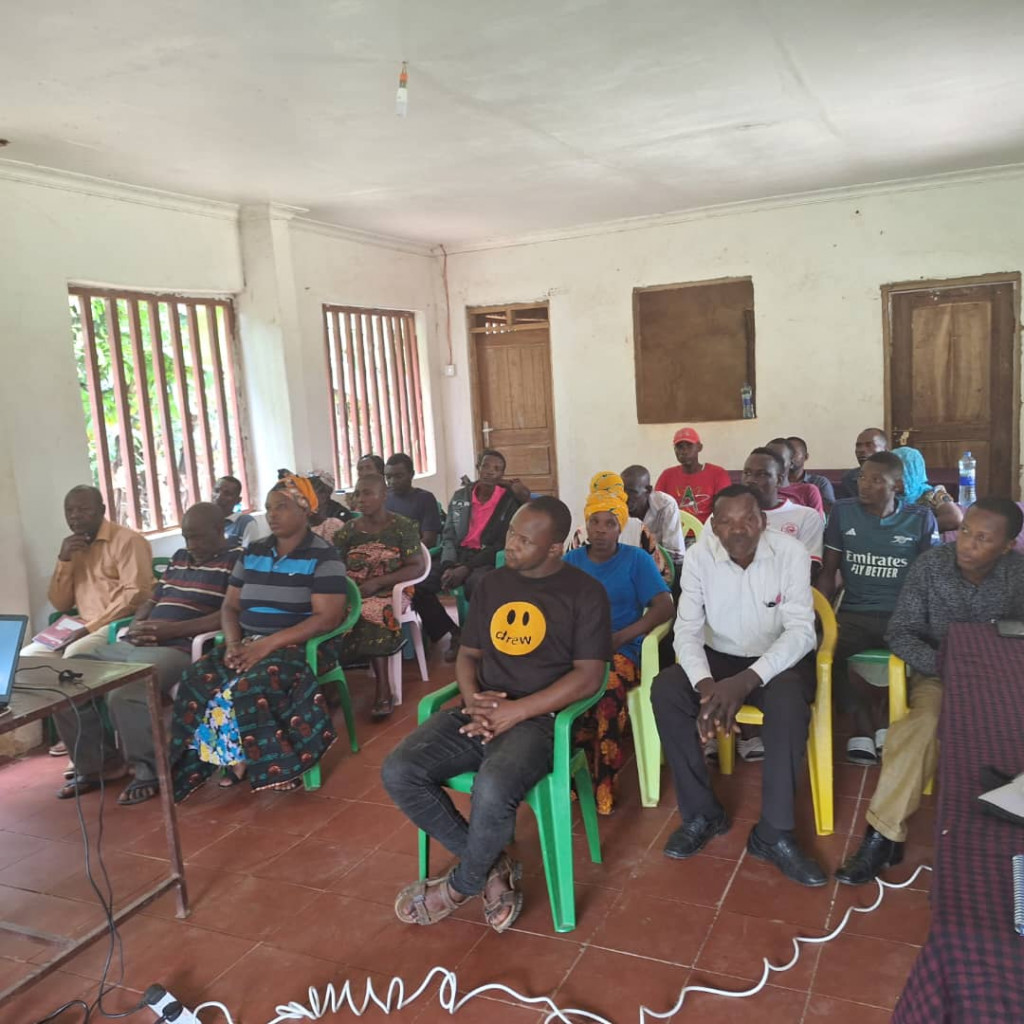Measuring smallholders’ preferences for adopting the new bean varieties developed in FoodLAND
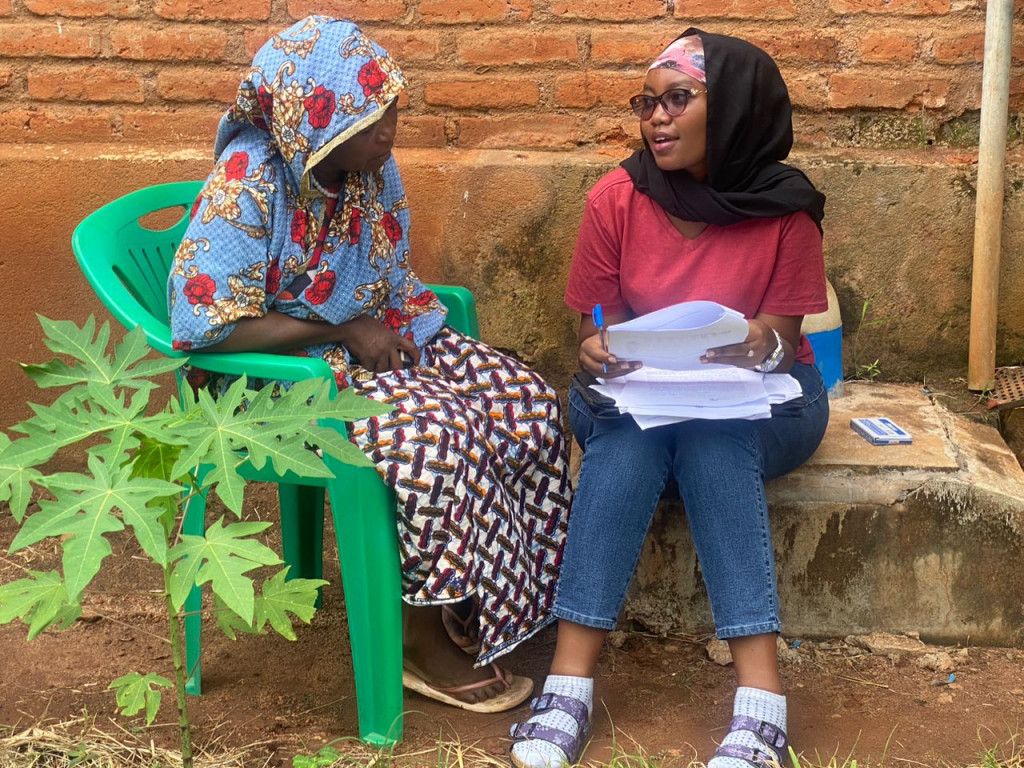
The Sokoine University of Agriculture FoodLAND team is conducting surveys and interviews with smallholder farmers, executing the so-called randomised controlled trials (RCT), to measure their preferences for adopting one of the innovations developed in FoodLAND: the new bean varieties. The survey is being conducted from 18 to 23 March 2024 in Ndole (Tanzania).
The farmers for these controlled trials were recruited from the group of farmers who have already taken part in previous FoodLAND activities (survey and experiments). The randomised controlled trials have been led by the James Hutton Institute and the protocol used has been developed by them. The fieldwork has been carefully planned in collaboration among the James Hutton Institute, the Sokoine University of Agriculture and local NGOs, and the surveys included in it are being administered very systematically and meticulously, by asking farmers about their farms (particularly beans) and selected well-being indicators. The protocol also includes some training for farmers about the use of the innovation, with the provision of information aligned to the treatment assigned to them. Some farmers are receiving nudges (information on environmental benefits, growing time, returns to investment, nutritional attributes, visibility to peers, degree of eco-friendliness, risk level, operability, etc.), whereas others are being proposed to use the innovation without any nudge. The latter farmers comprehend the control group, as one of the aims of these trials is to assess the effectiveness of each approach for the dissemination of the innovation.
After the training, farmers will be asked if they want to adopt the innovation (new bean varieties) and provide them with the standard or new varieties based on their decision.
As a second stage, after one season of growing beans, a new survey will be implemented among both adopters and non-adopters to measure the same well-being indicators. The values assumed by the indicators in either group will be compared.
